Best telescopes for seeing planets in 2025
Get closer to our solar companions with the best telescopes for seeing planets, just in time for April's full moon and a stunning view of Mercury.
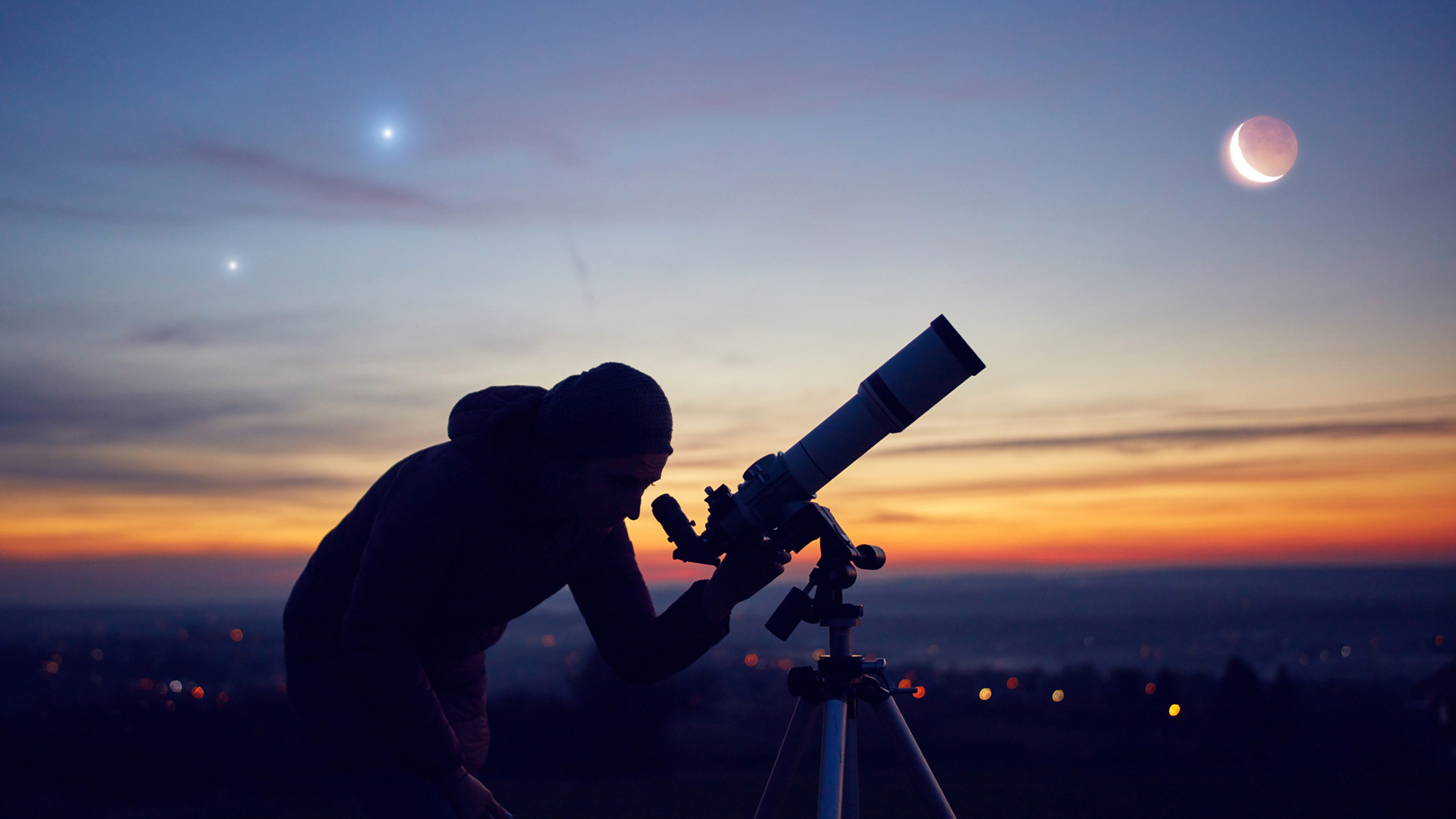
Want to focus your stargazing on our cosmic neighbors, from Mars through to distant Neptune? Then you will need a suitable telescope, one which can offer superb views of the other bodies in the solar system. But which one to choose? We've got you covered with our guide to the best telescopes for seeing planets.
There are several planetary spectacles happening this April. If you're up before sunrise this April 21 you can catch Mercury at its greatest western elongation, one of the best times to see it. Then, on April 25, the crescent moon shines alongside Mercury, Venus and Saturn. And for a simple but striking way to test your scope, enjoy a close-up view of the April 12 full moon.
You don't need to spend a fortune to make the most of these sights, though. We've included telescopes to suit a range of budgets, detailing their pros and cons and just who and what each scope is best suited to. If you'd prefer to gaze beyond our solar system, we've selected the best telescopes for deep space. Or if you're looking for a scope that's more of an all-rounder, we've got the best telescopes.
The quick list
See our quick list below if you want to dive right in, or scroll further down for more detailed reviews of each product.
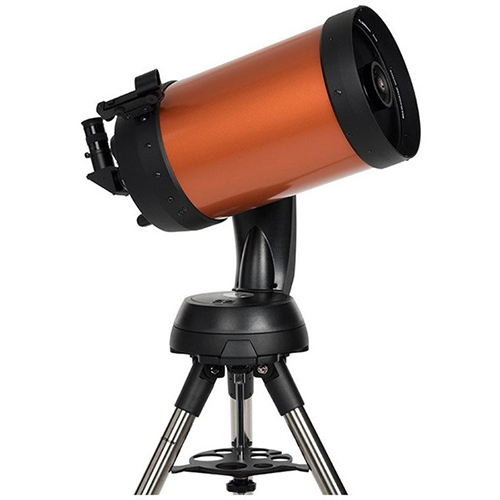
Best telescope overall
It may not be cheap, but the optics and quality of this telescope are unmatched. It offers incredible views of the planets, as well as being capable of displaying further deep-sky objects.
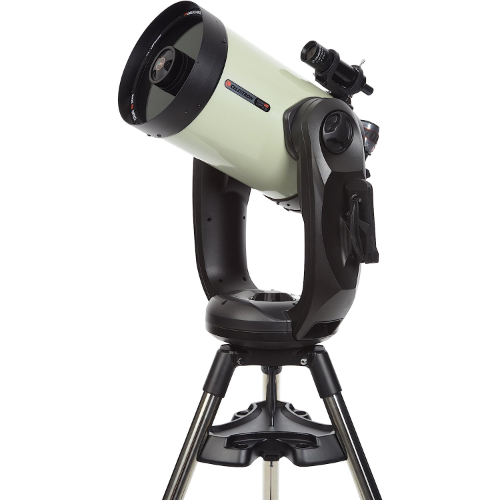
Best for planetary imaging
The massive, light-gathering 11-inch aperture on this telescope means it excels at planetary imaging. It will allow you to get a detailed surface view of even the most distant planets in our solar system.
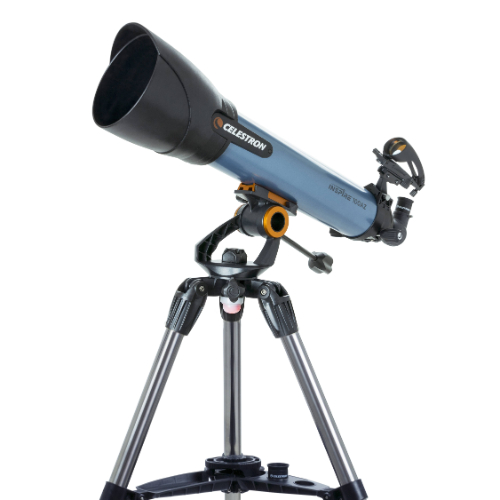
Best for beginners
This is a great affordable option for beginners looking to get a better view of the planets. It also comes with a handy smartphone mount so you can take photos of whatever you're viewing with ease.
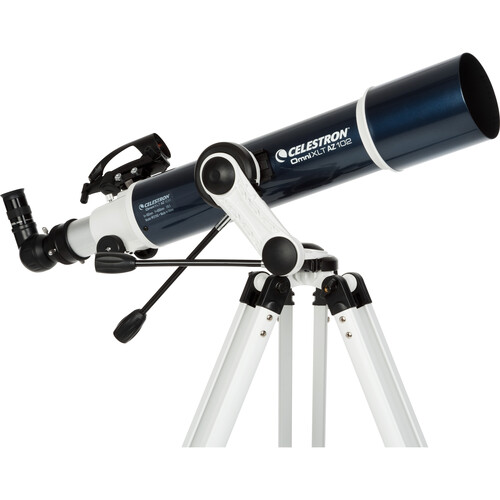
Best combination package
This is an ideal package for a quick set-up. You get a good telescope for viewing the planets in detail, along with an equatorial mount, with no tools required to set it all up.
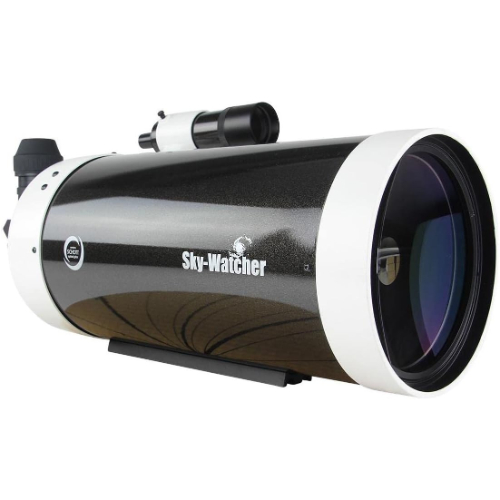
Best for precision
With a high-resolution and long focal-length optical system, this telescope can produce stunning views of the planets. With its 7.1-inch aperture, you'll also be able to catch a glimpse of some of the solar system's many moons.
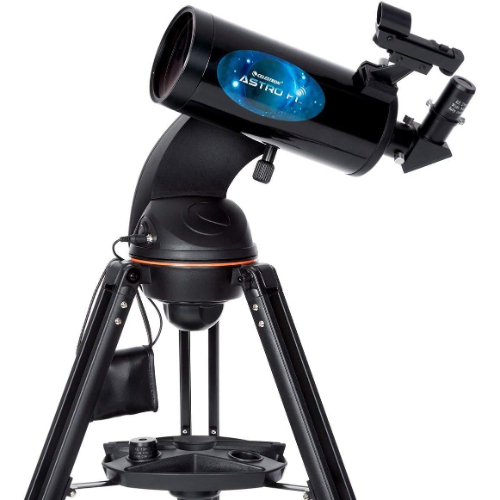
Best for functionality
This is a great option for those who enjoy using a smartphone app alongside their telescope. You can use the SkyPortal app to instruct the telescope to automatically slew to a celestial body of your choice.
Load more products ↴
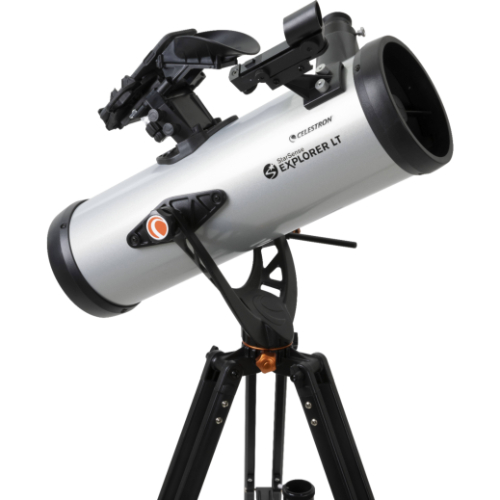
Best budget option
With quick and easy alignment and a very affordable price point, this telescope makes a great option for beginners. It will give you high magnification of the planets and the moon.
Best telescopes for seeing planets we recommend in 2025
Why you can trust Space.com
Best telescope overall
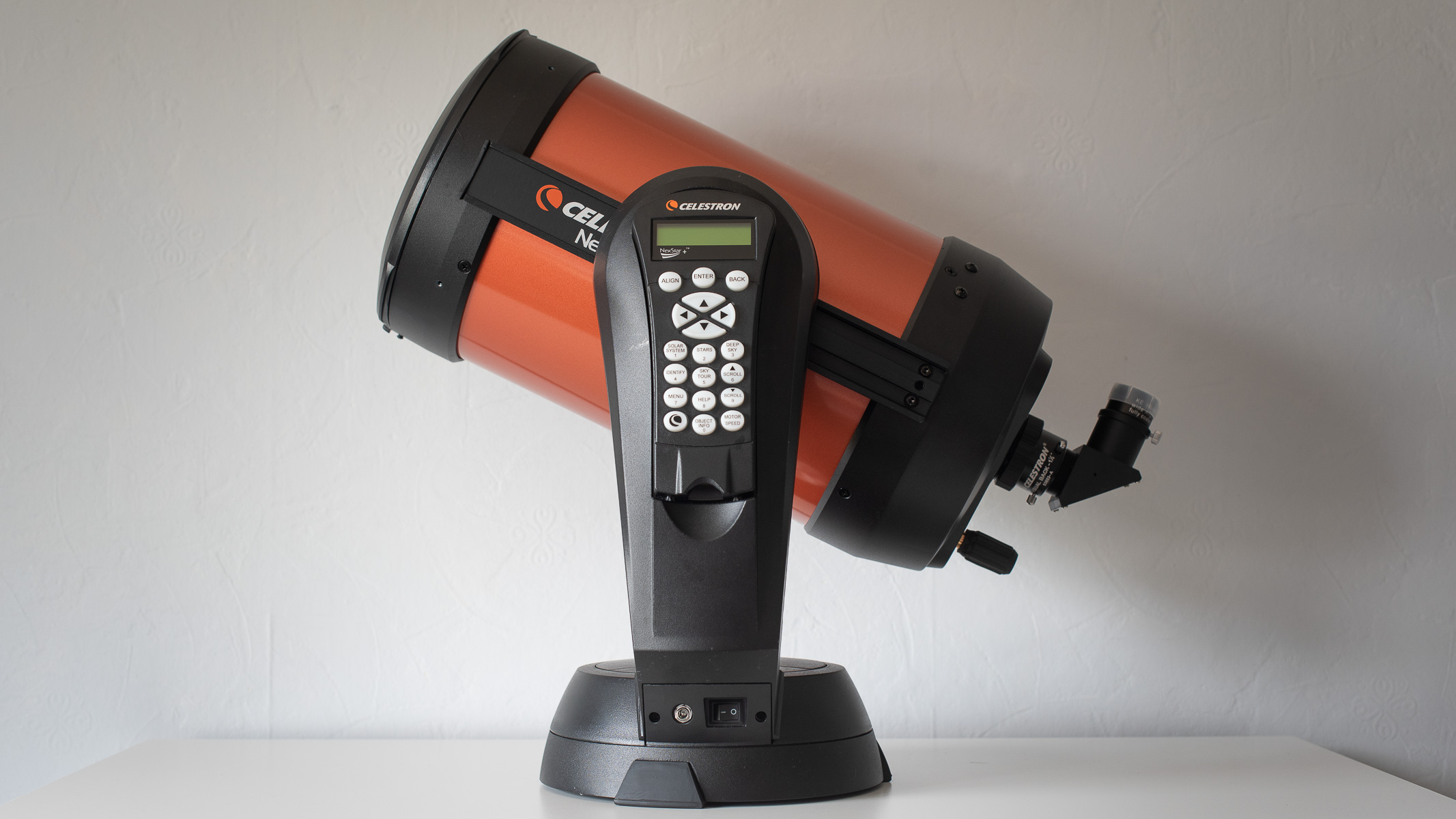
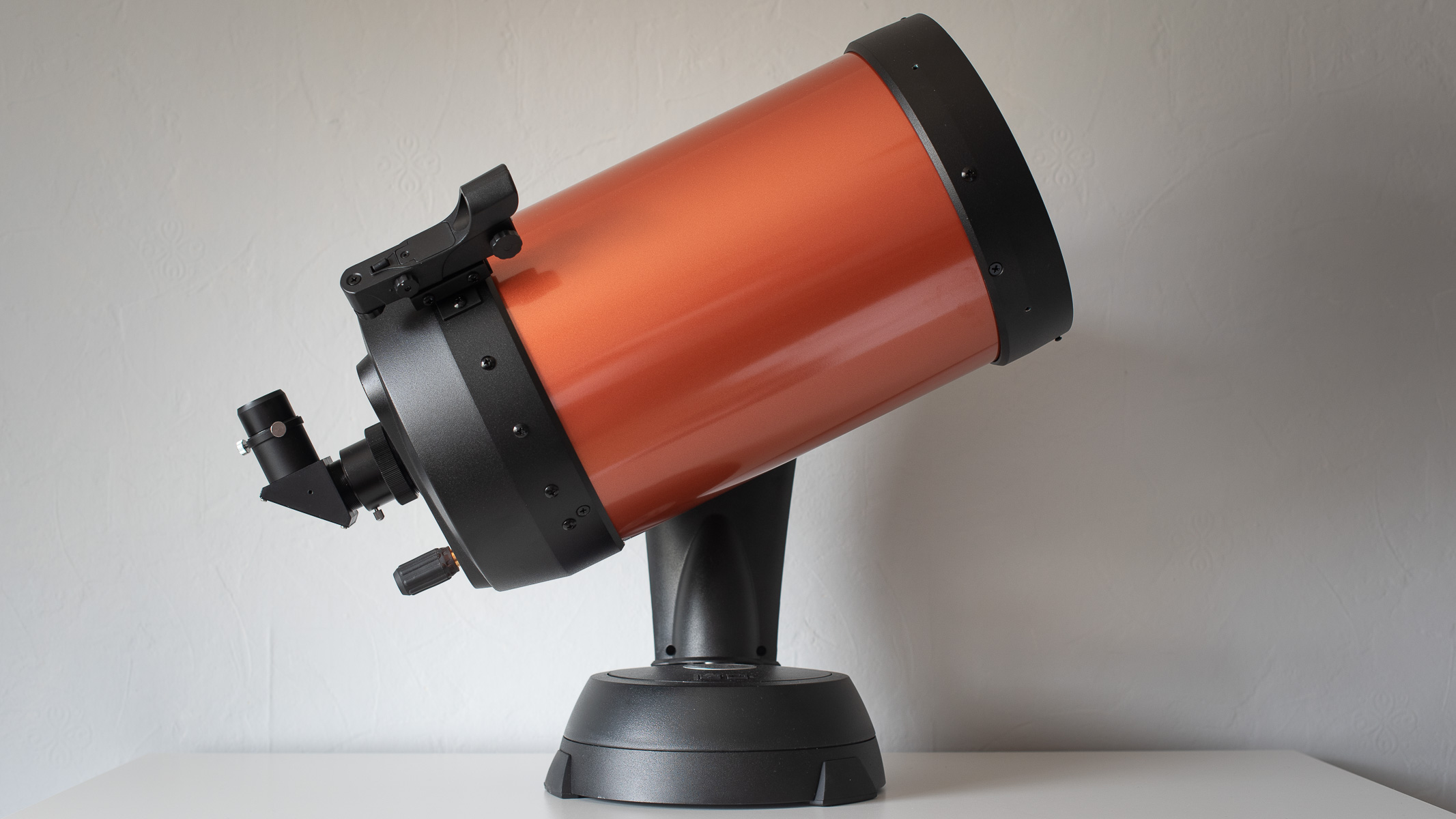
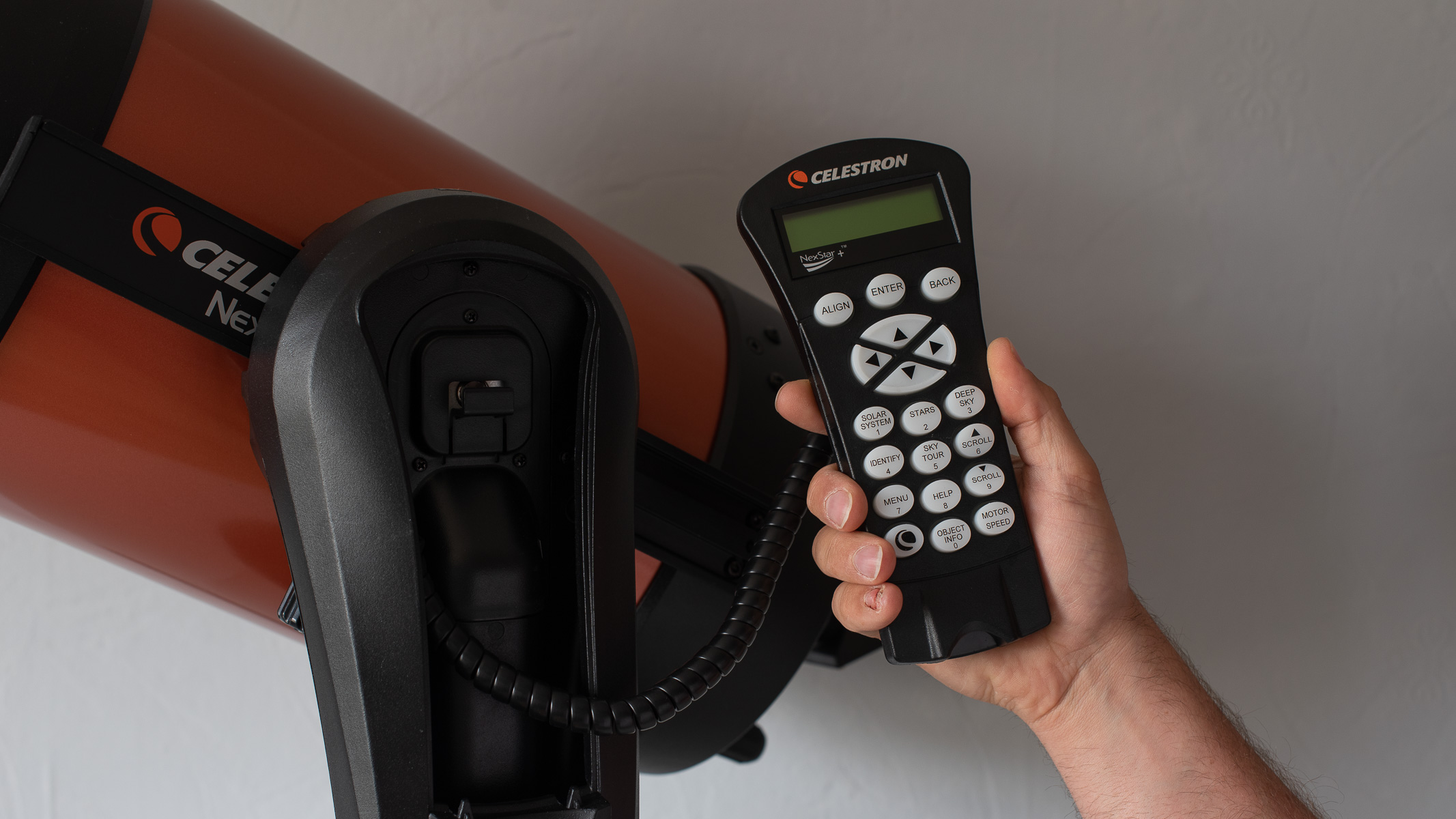
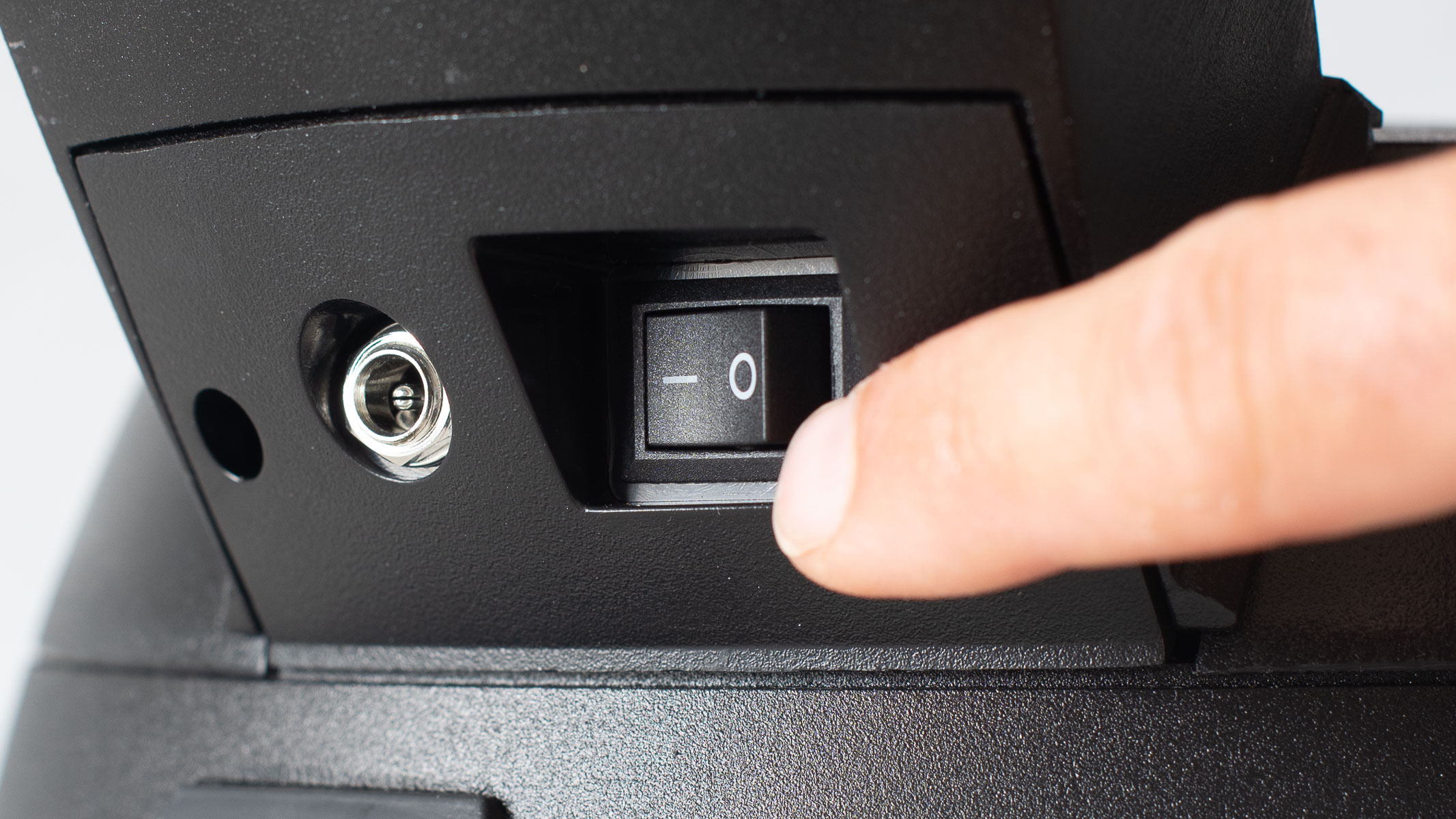
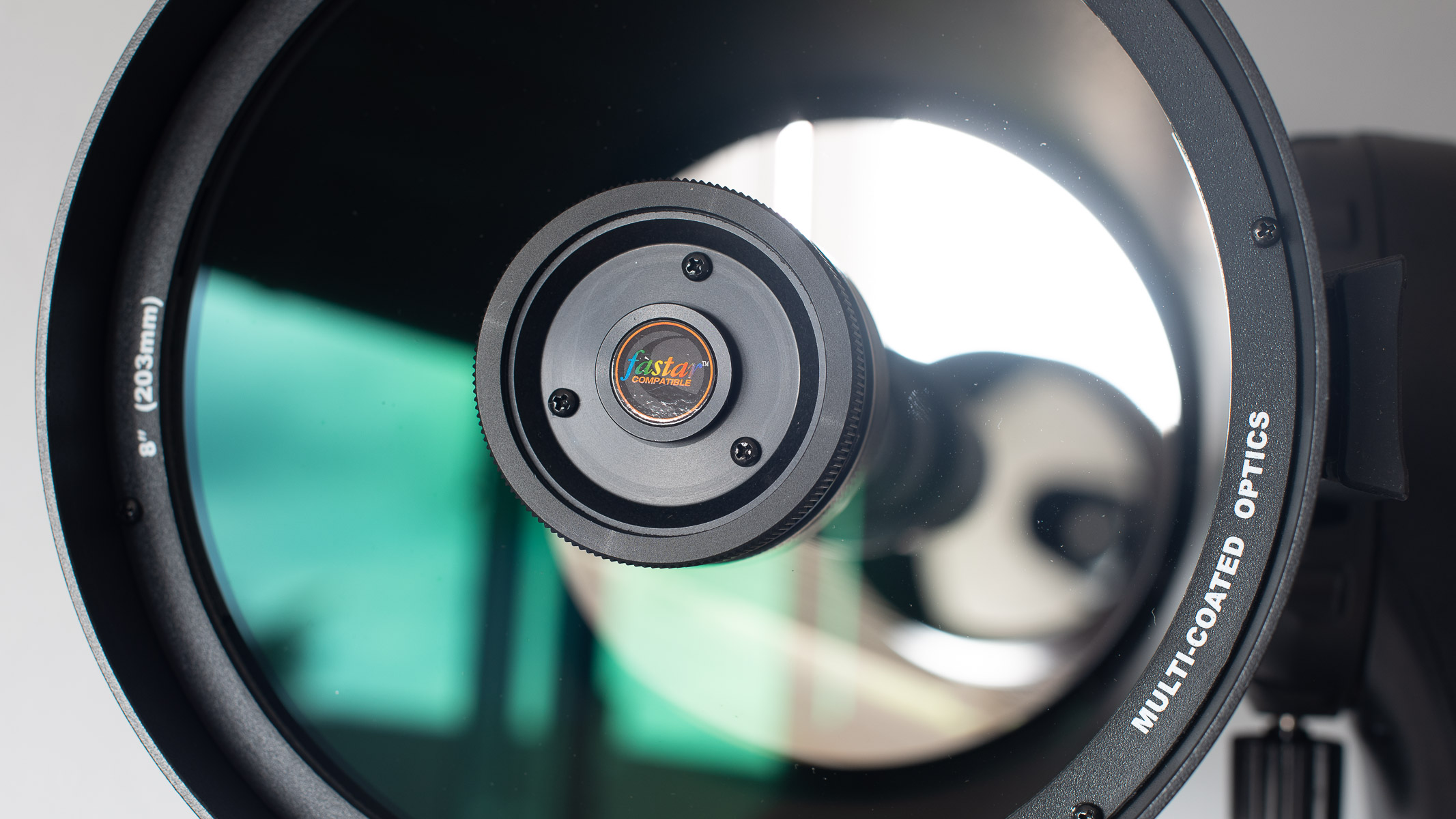
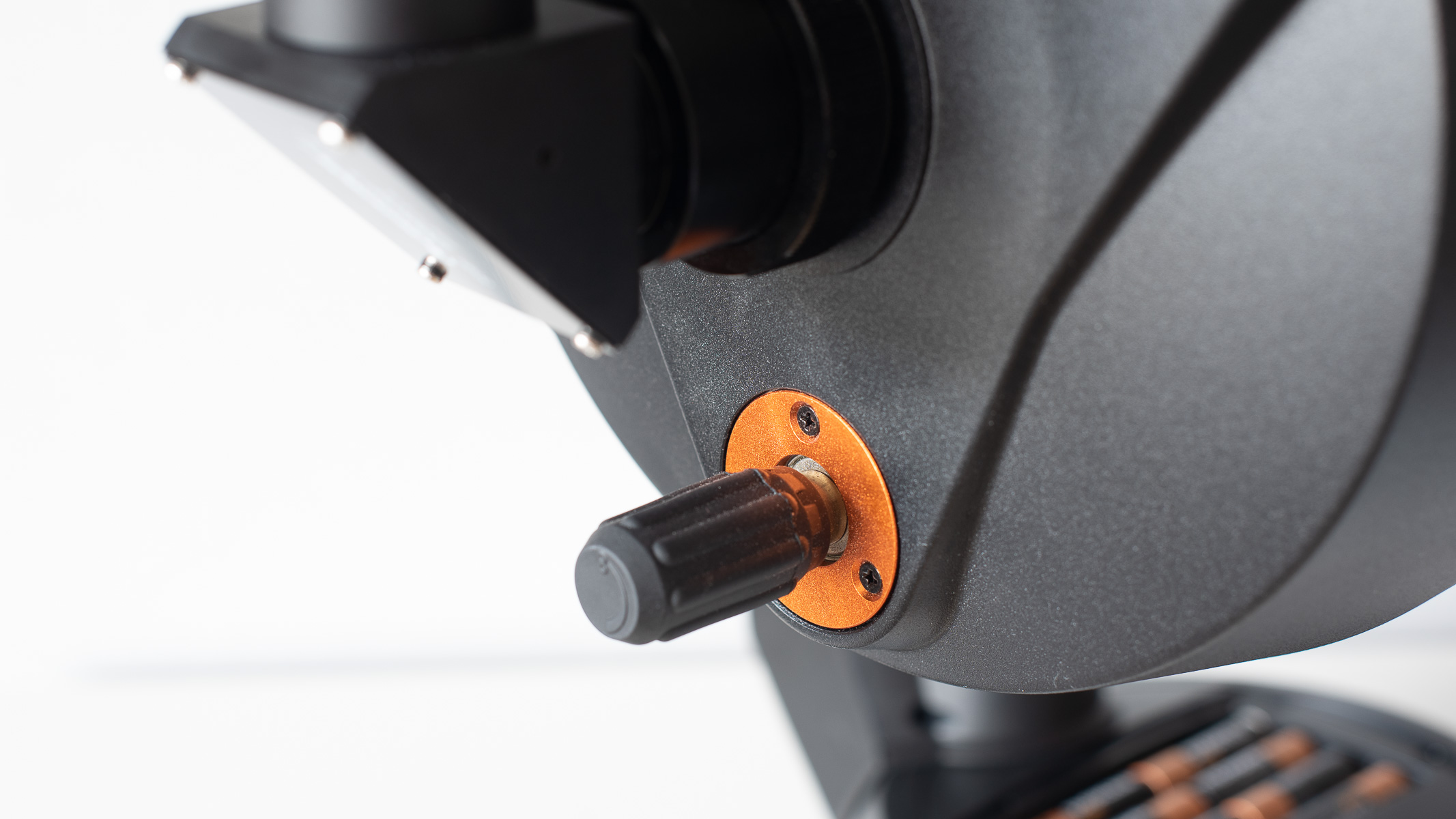
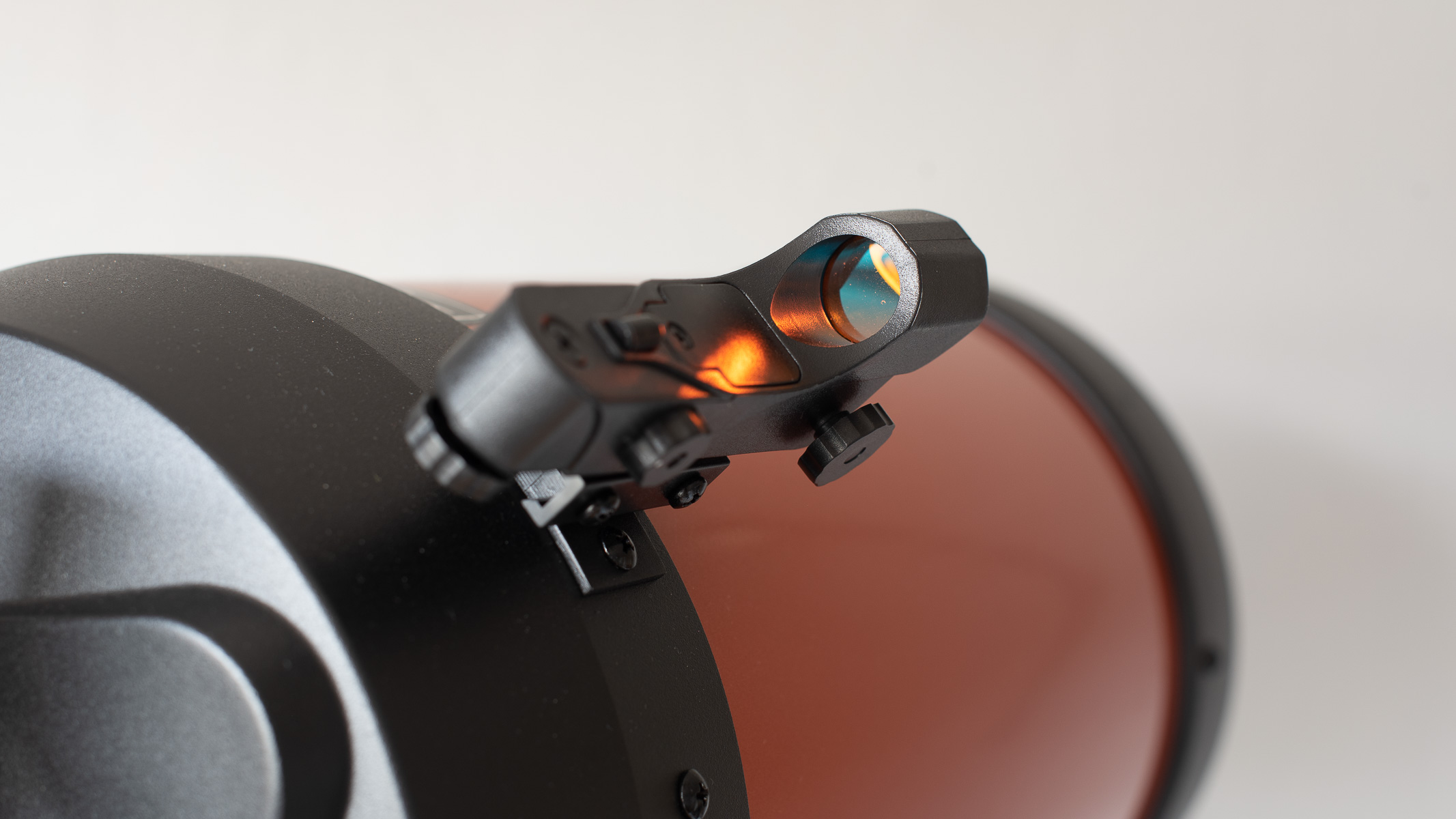
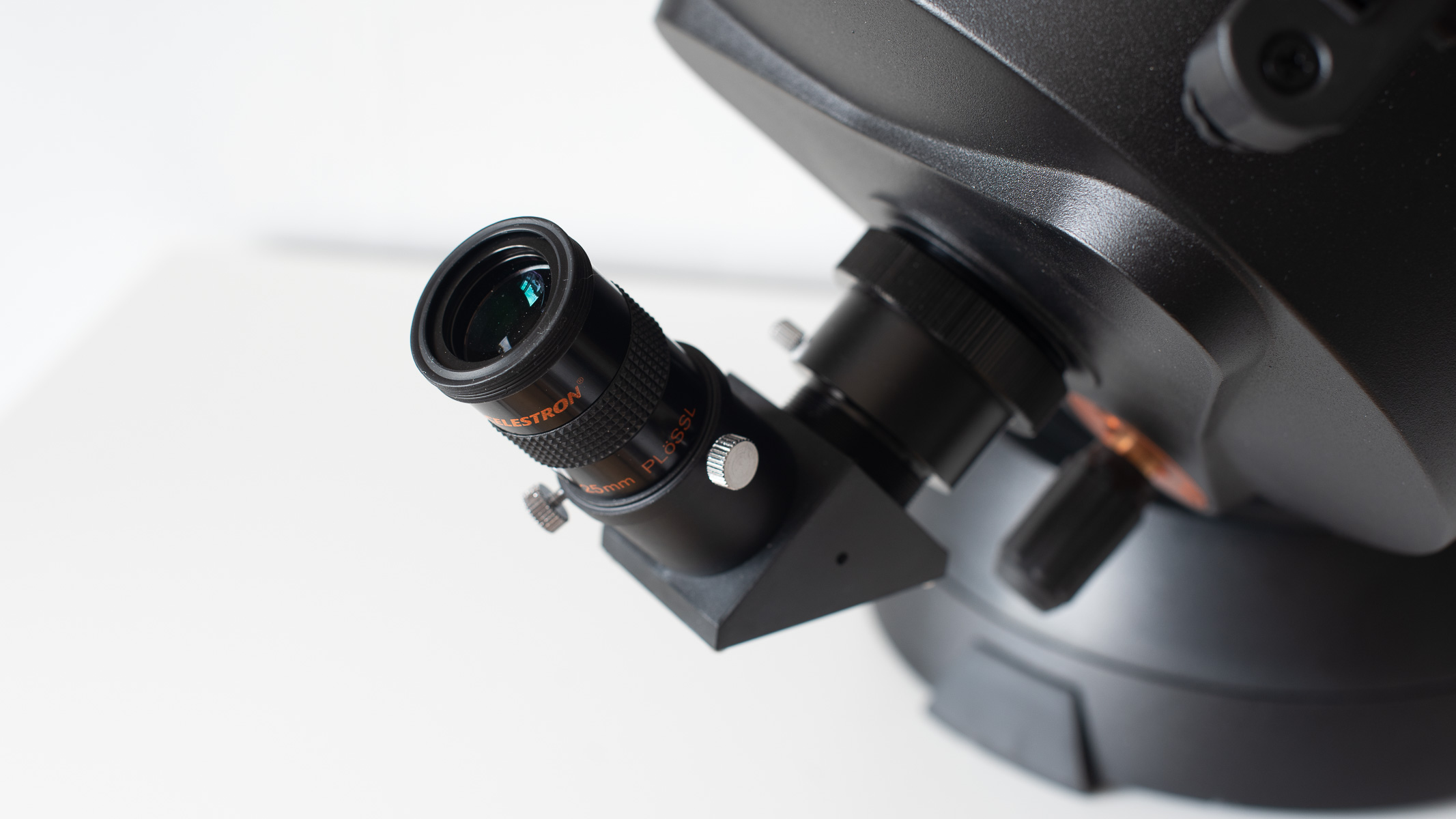
Specifications
Reasons to buy
Reasons to avoid
✅ You're looking for outstanding optics: This telescope produces incredibly bright and sharp views of the planets and moons in our solar system.
✅ You want a hands-on telescope: The effective handheld remote on this telescope will suit anyone who prefers traditional controls over using an app.
❌ You're a beginner exploring stargazing for the first time: This telescope is a significant investment, so unless you have a sizeable budget we'd recommend starting out with a simpler, more affordable model.
❌ You want to control your telescope with an app: Some of the other models on this list, such as the Celestron Astro Fi 102, offer a more app-friendly interface.
🔎 Celestron NexStar 8SE: While it's an expensive investment, it's one of the best telescopes you can buy and will last for decades. Experienced astronomers will love the motorized mount and the option to add accessories. It makes a great companion for astrophotographers too. ★★★★½
The Celestron NexStar 8SE's Schmidt-Cassegrain optical design lets it absorb a huge amount of light, meaning you can use it to stare into the deep night sky alongside viewing planets with an extraordinary level of detail. Although this is an expensive model, it's a fantastic option for viewing planets.
Smaller apertures are available in the NexStar 4SE, 5SE and 6SE models, but none compare to the awe-inspiring views offered by this 8-inch aperture, which lets in a whopping 78% more light than the NexStar 6SE.
In our Celestron NexStar 8SE review, we found that the motorized single fork arm mount allows you to smoothly slew to your selected object using the handheld remote. Once it's aligned, the NexStar 8SE provides crystal-clear views across the entire field of view. We also love the fact it's compatible with many accessories.
While the Celestron NexStar 8SE costs around $1,500, its capabilities and features make it a valuable investment for beginners to experienced astronomers. Its database of 40,000 celestial objects and 'tour mode' that guides you through popular targets provide a user-friendly experience for those not well-versed in the night sky.
We were impressed by its durable build, including a sturdy steel tripod that's easily portable for dark sky sites. With proper care, this telescope has the potential to last for decades. If it fits your budget, the quality justifies the investment. However, if it's a bit beyond your budget, other models on this list offer more affordable alternatives that are worth considering.
- Read our full Celestron NexStar 8SE review
Attributes | Notes | Rating |
|---|---|---|
Design | Solid scope with a hands-on feel. | ★★★★★ |
Performance | Outstanding optics and sharp views. | ★★★★★ |
Functionality | Quick to set up and store away. | ★★★★ |
Best for planetary imaging
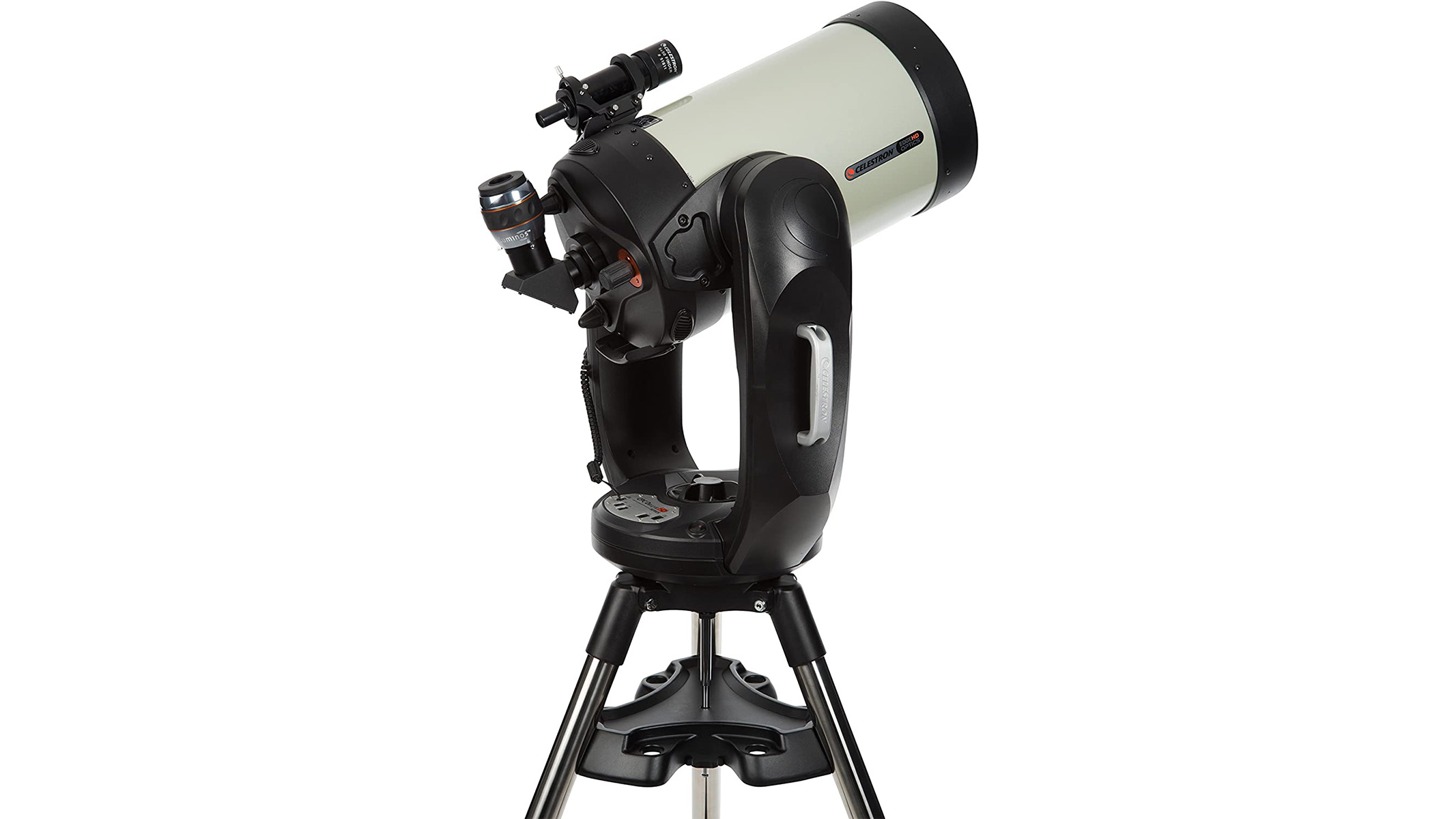
Celestron CPC Deluxe 1100 EdgeHD
Our expert review:
Specifications
Reasons to buy
Reasons to avoid
✅ You want the biggest aperture you can get: Its 11-inch high-performance mirror is the biggest on our list, offering huge magnification.
✅ Planetary imaging is your primary goal: This telescope can render even the most distant planets in fine detail.
❌ You're on a budget: This telescope is astronomically expensive and there are many cheaper models out there.
❌ You don't want to be buying extra accessories: This telescope only comes with one eyepiece supplied in the box.
🔎 Celestron CPC Deluxe 1100 EdgeHD: If your budget can stretch to it, this telescope will give you an incredible view of the surface of any planet in our solar system, with magnification to spare. ★★★★½
The Celestron CPC Deluxe 1100 EdgeHD is a powerful telescope that lets you observe even the most distant planets, but you can also use it to flex your photography skills and capture images of the solar system.
This telescope has a huge aperture and an 11-inch main mirror that lets you enjoy fantastic details when watching planets such as Mars or Saturn. We can't overstate just how spectacular this is; you could even spot details like deserts and dust storms on the surface of the red planet.
For its premium optics, the CPC Deluxe 1100 EdgeHD comes with a premium price tag. It's the most expensive telescope in this guide by quite serious margin, which means it's probably not going to be suitable for amateur skywatchers, particularly those who aren't sure they're sticking with the hobby. But for experienced astronomers or those with a generous budget, this telescope is hard to beat.
The CPC mount is dependable and robust, offering precise tracking for extended imaging sessions. Although it's quite weighty, two people can easily set up and take down this telescope within minutes, even while out in the field. If you're interested in deep-sky astrophotography, you can convert it into an equatorial platform using a wedge. Keep in mind though that the package includes only one eyepiece, so you might want to budget for additional ones, especially if you're keen on planetary imaging.
- If astronomical imaging is your thing, check out our review of the Unistellar eVscope 2
Attributes | Notes | Rating |
|---|---|---|
Design | Solid but heavy design. | ★★★★ |
Performance | Ultra-high resolution and detail. | ★★★★★ |
Functionality | Good but only one eyepiece supplied. | ★★★★ |
- Check out our telescope deals hub to see if you can pick up a bargain
Best for beginners
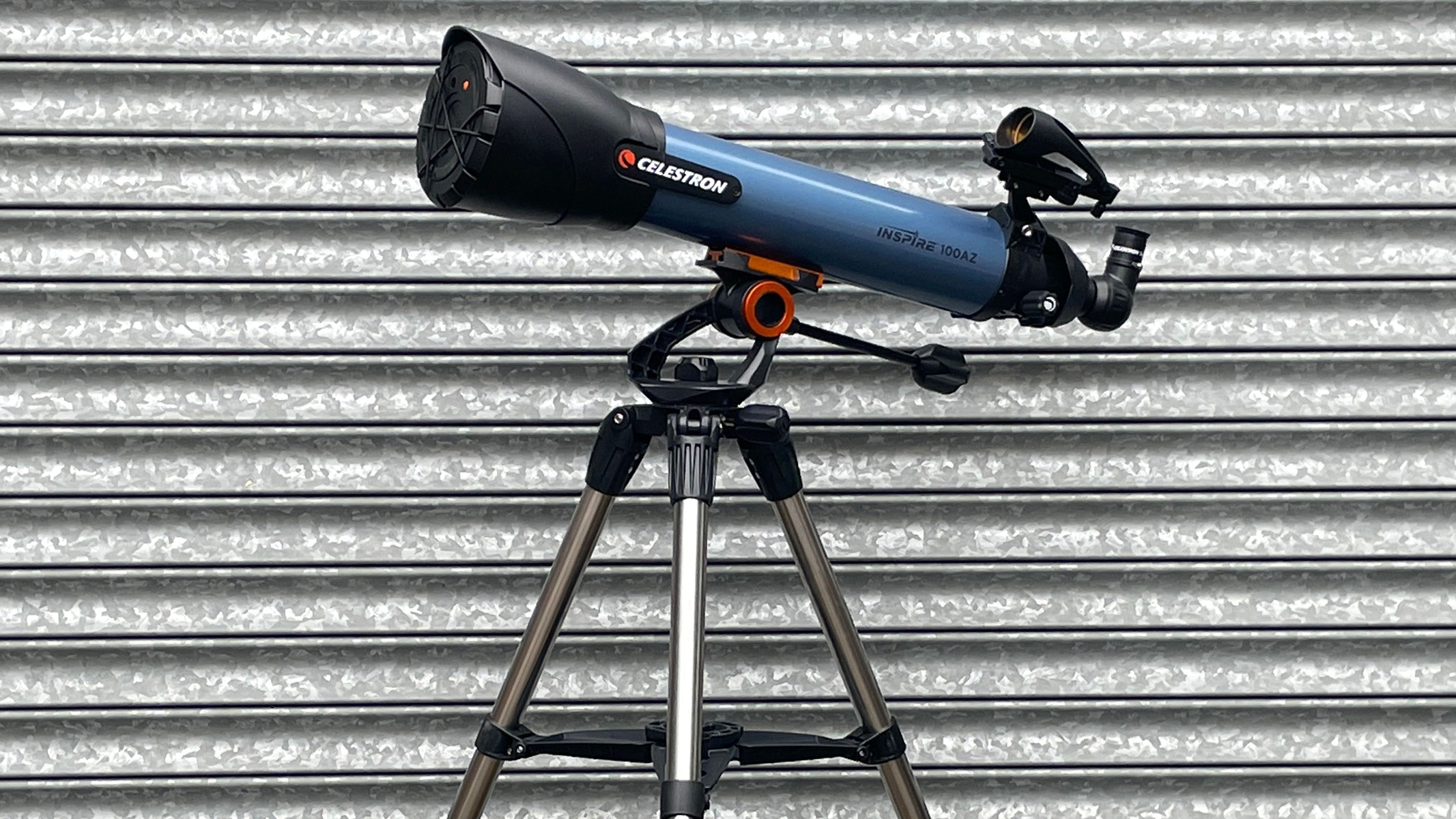
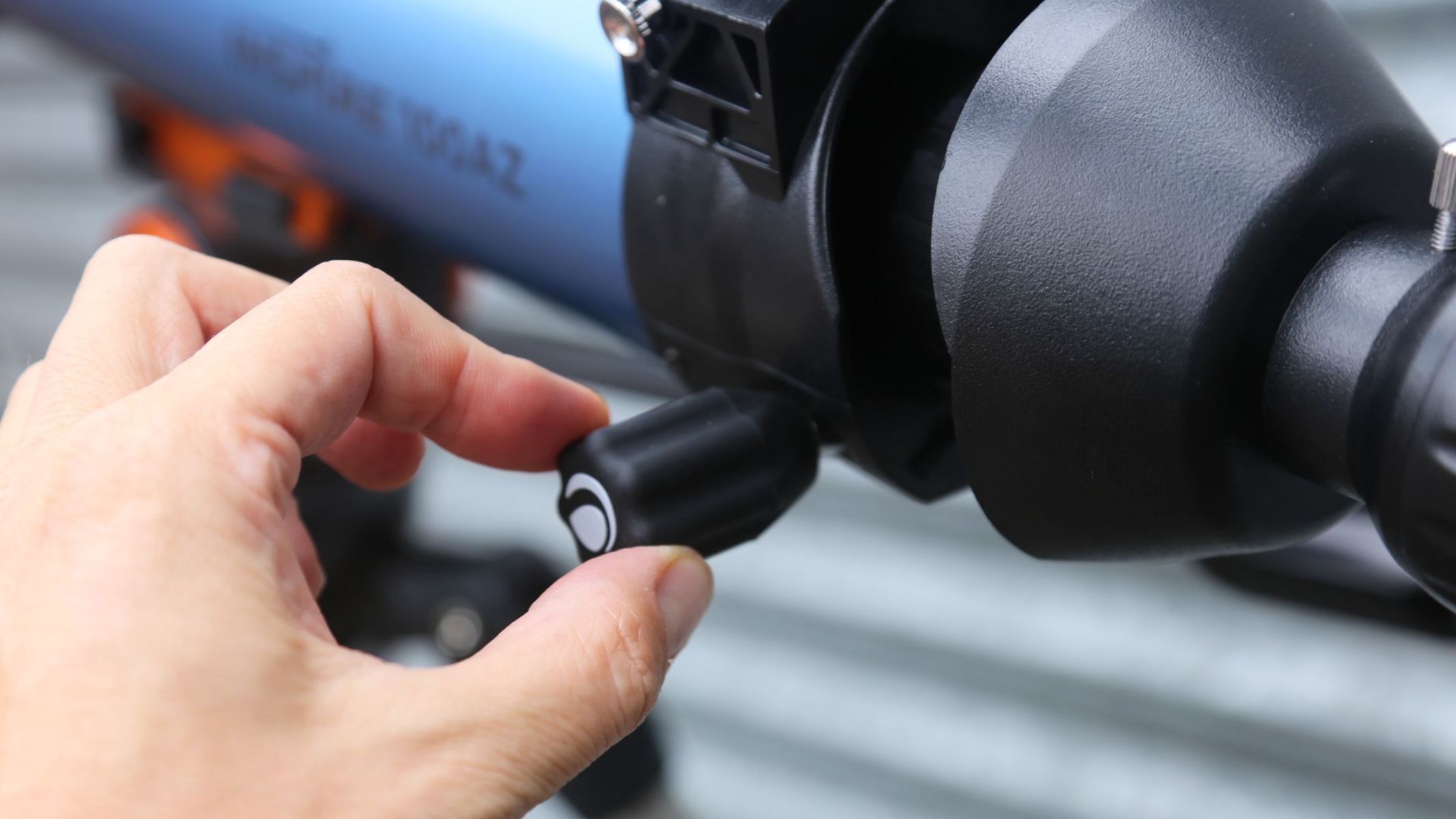
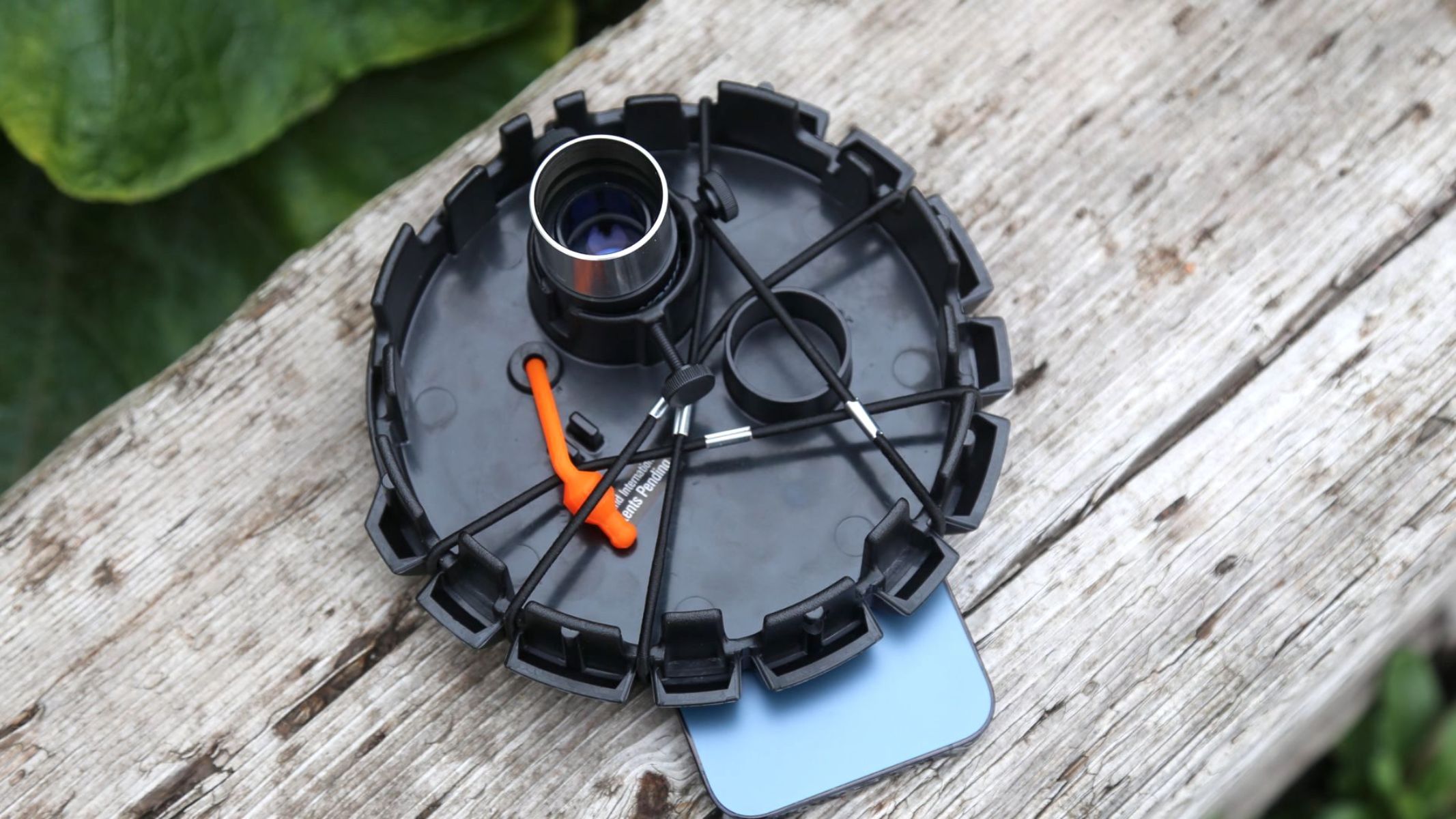
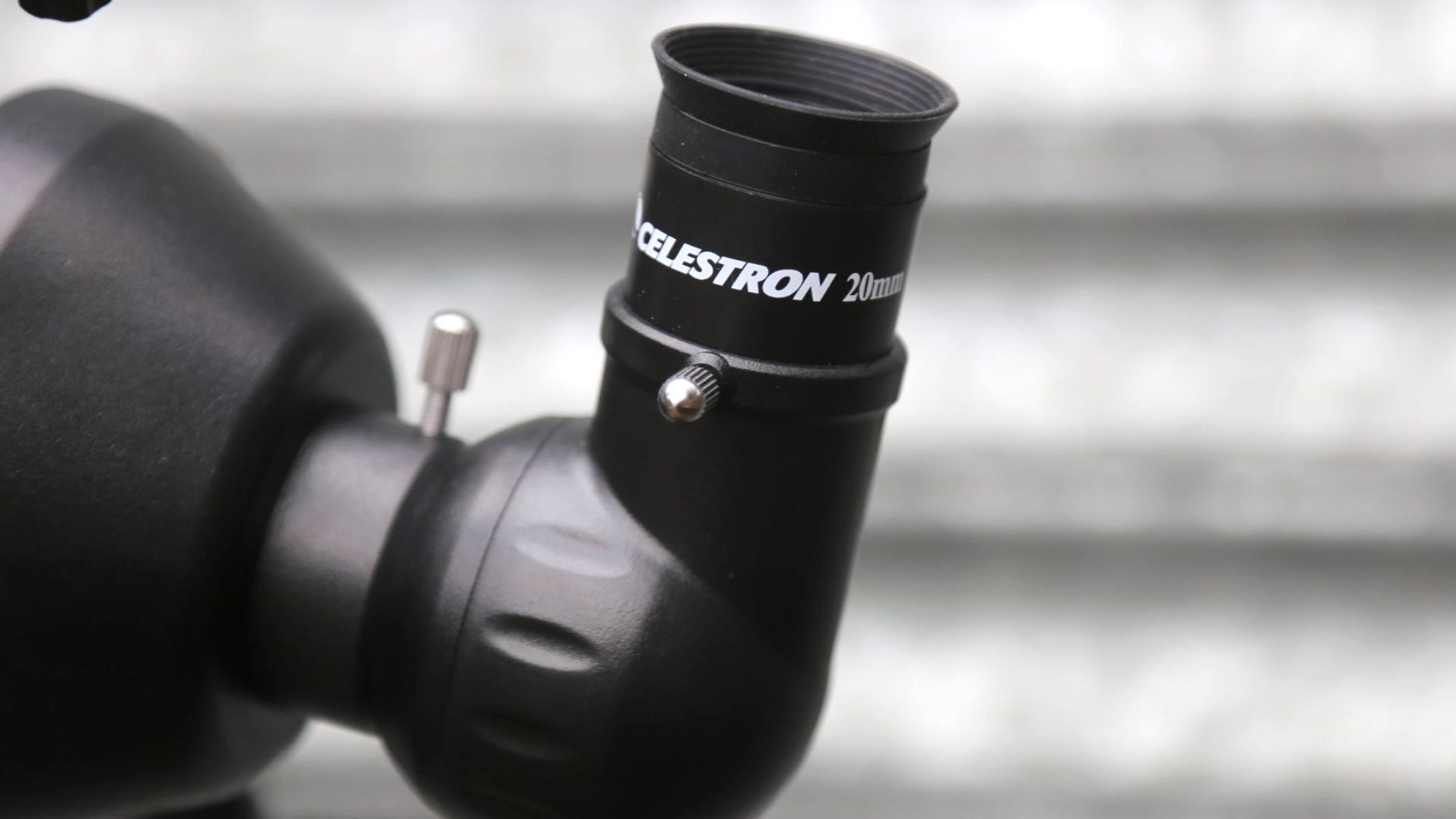
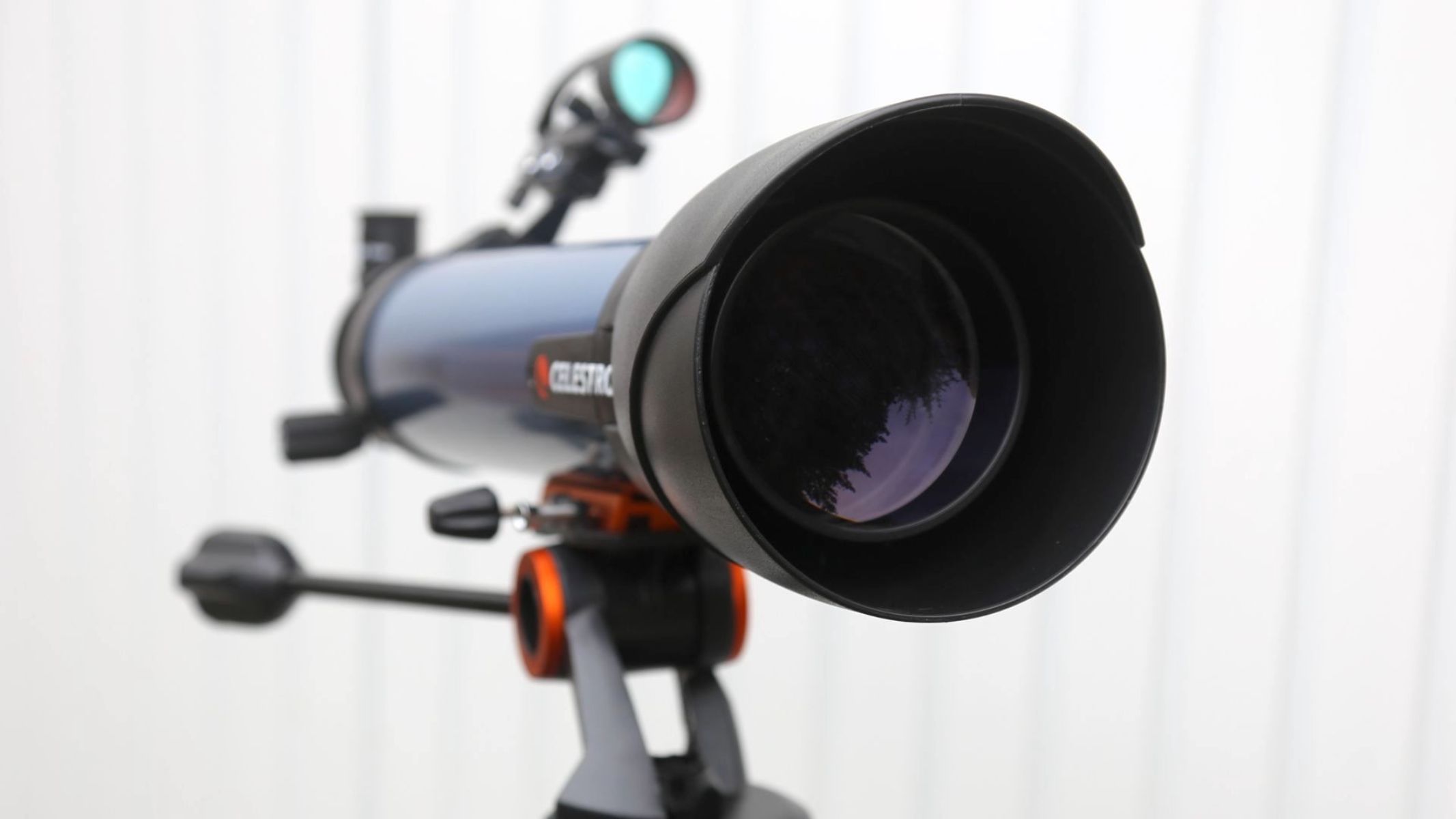
Specifications
Reasons to buy
Reasons to avoid
✅ You want a multifunctional telescope at an affordable price: The innovative smartphone mount will allow you to try your hand at basic astrophotography.
✅ You're mainly interested in viewing the planets and the moon: This telescope does a good job of bringing the planets and moon into sharp focus.
❌ You want to view deep-space objects: Though this telescope can view some distant objects, the aperture isn't up to true deep-space observation.
🔎 Celestron Inspire 100AZ refractor telescope: With some nice additional features like a smartphone mount and built-in red light, this telescope is a great way for beginners to start exploring the moon and planets. ★★★★
Beginners will find the Celestron Inspire 100AZ refractor telescope a really accessible introduction to observing planets and moon viewing. As we highlighted in our Celestron Inspire 100AZ review, this model offers sharp views of planets while being one of the most affordable options out there. It's typically priced around $350, so it won't break the bank, but there are sometimes deals to be had. Right now, for example, the Celestron Inspire 100AZ is $300 at Amazon with a $20-off coupon.
The relatively low price does mean some trade-offs have been made. For example, it doesn't come with a motorized mount, so you will have to do with a basic altazimuth mount which requires manual movement using a panhandle. That said, this makes the telescope pretty lightweight and easy to carry around.
Although the 4-inch aperture may not gather sufficient light for distant celestial objects, this telescope offers a decent view of the planets, particularly with the 20mm eyepiece. We observed detailed moon craters and even caught a glimpse of Andromeda (M31) along with some of the brighter star clusters.
This telescope offers a neat feature for astrophotography enthusiasts — the lens cap also functions as a smartphone mount, allowing you to capture stunning photos of planets and the night sky with your phone, allowing you to record and share your findings.
It's a lightweight telescope that we found easy to set up and take down, however, it's worth noting that the optical tube is 26 inches (660mm) long, so it does require a bit of space.
It may not be the best telescope out there, but we think it's a solid choice for beginners and offers good value for the money, with some fun extra features. You can even part it with stargazing apps if you want to make things easier to start off with.
- Read our full Celestron Inspire 100AZ review
Attributes | Notes | Rating |
|---|---|---|
Design | Easy to set up and take down. | ★★★★ |
Performance | Good for viewing the moon and planets. | ★★★ |
Functionality | Handy additional features. | ★★★★ |
Best combination package
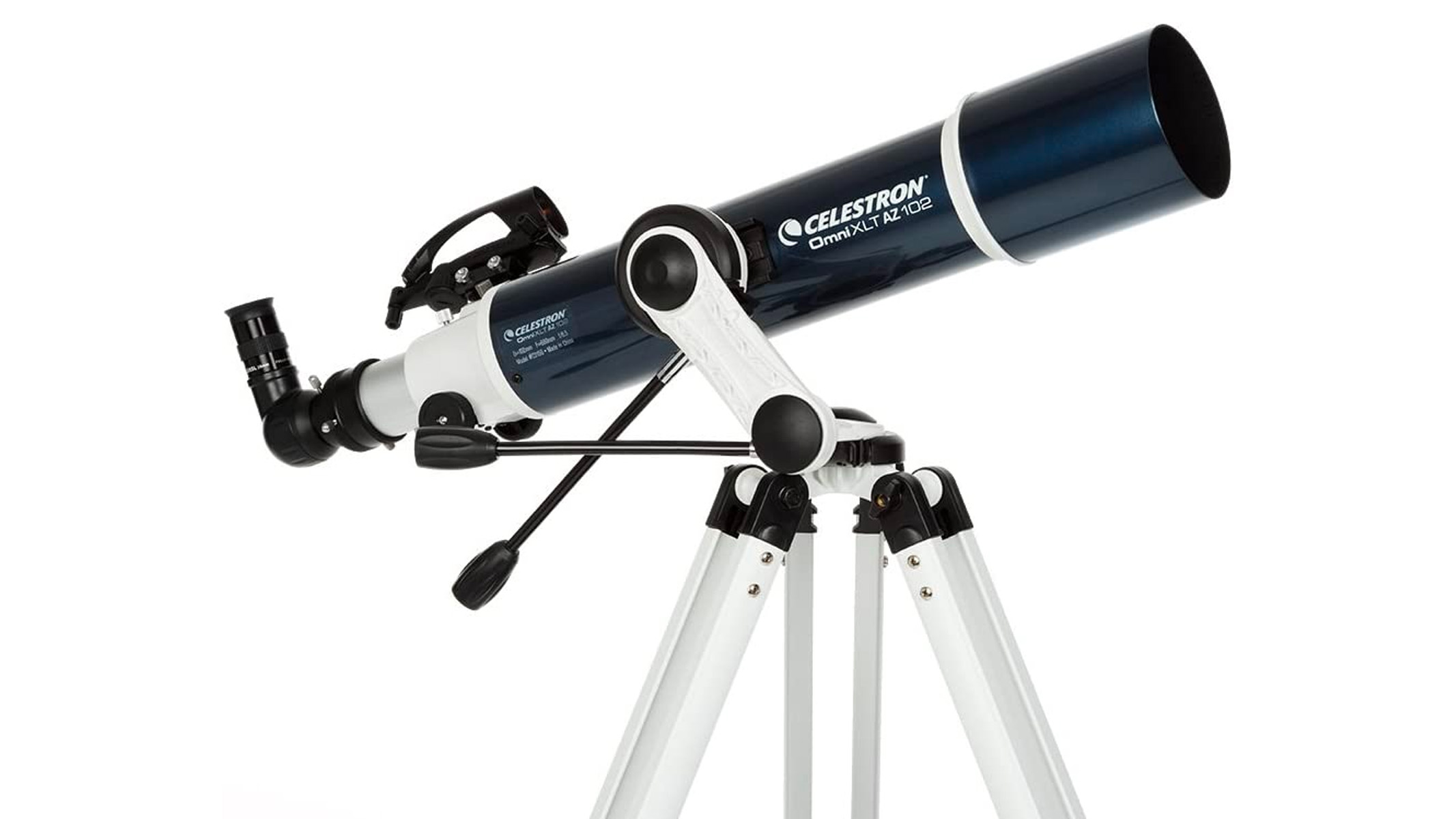
Celestron Omni XLT 102
Our expert review:
Specifications
Reasons to buy
Reasons to avoid
✅ You want something sturdy: The mount on this telescope is well-matched to its weight and feels solid and substantial.
✅ You're looking for an equatorial mount: This telescope package comes with an effective equatorial mount that can be operated one-handed.
❌ You're particularly interested in deep-space objects: This telescope gives detailed views of the planets, but isn't quite up to viewing deep-space objects.
🔎 Celestron Omni XLT 102: This telescope offers a nice combination package that feels sturdy and robust. It includes an equatorial mount and can give you a detailed view of the planets. ★★★★
This model is a great choice for both beginners and experienced astronomers, a high-quality mount and telescope combination that's easy to set up without the need for tools.
As we highlighted in our Celestron Omni XLT 120 review, this telescope has a robust design and offers breathtaking solar sights. Regardless of the model (you can choose from a 150mm and 120mm models), you benefit from a CG-4 equatorial mount, which means the polar axis is parallel to the Earth's rotation. It's worth noting, though, that the larger telescopes do reach the maximum weight limit for the mount.
It may take some time to get used to the equatorial mount on the Omni XLT 102, particularly if you've not used one before. With time, however, you'll find that tracking planets is manageable with just one hand. If a completely hands-free experience is something you'd like, you do have the option to upgrade to a dual-axis auto-tracking kit which can be installed on this telescope.
The 4-inch F/10 achromat gives fine views, and its focal length makes it a good match for some of the best planetary eyepieces. Unfortunately, only one eyepiece is supplied in the box, which is slightly disappointing considering the price. But with the addition of a 10mm and Barlow lens (take a look at our best eyepieces guide), you can achieve a magnification of 36x, 72x, 100x and 200x. At this top end, the Omni XLT 102 will provide you with lovely details of our planetary neighbors.
- Find one of the Best telescopes for kids for those with younger astronomers
Attributes | Notes | Rating |
|---|---|---|
Design | Sturdy equatorial mount. | ★★★★ |
Performance | High magnification of planets. | ★★★★ |
Functionality | Can be improved with added accessories. | ★★★ |
Best for precision
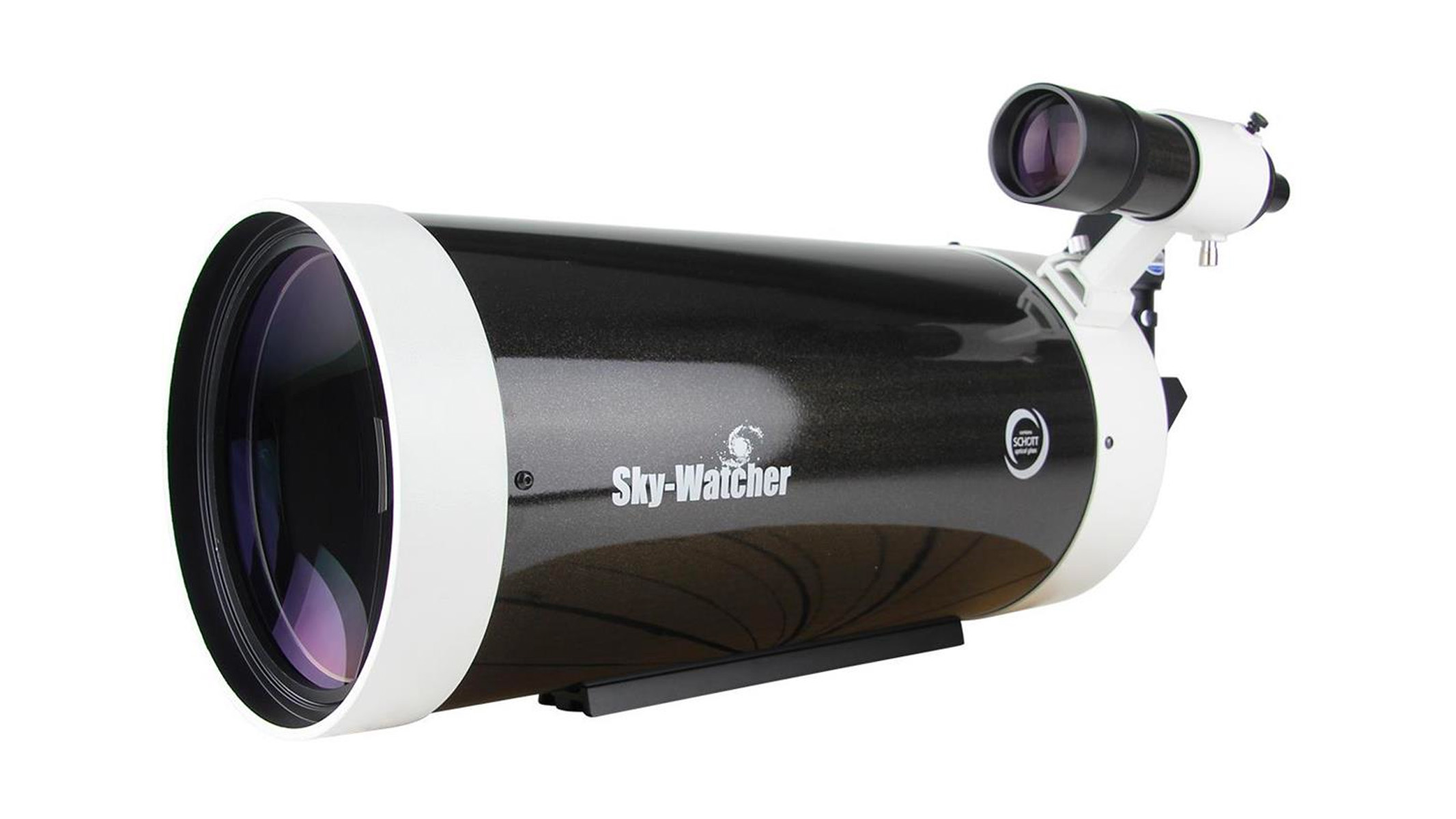
Sky-Watcher Skymax-180 PRO (HEQ5 PRO SynScan)
Our expert review:
Specifications
Reasons to buy
Reasons to avoid
✅ You're looking for excellent optics: The images produced by this telescope are sharp, vibrant and detailed.
✅ You want a larger aperture: The 7.1-inch primary mirror on this telescope performs incredibly well.
❌ You want something that's very portable: Although this telescope is relatively compact, it's still quite heavy to move around.
❌ You're on a tight budget: This is quite a pricey telescope and there are plenty of more affordable options out there.
🔎 Sky-Watcher Skymax-180 PRO: This telescope is a beast when it comes to optics and produces incredible views of the planets and moons, but it's quite an investment. ★★★★
The long focal length and high-resolution optical system of the Sky-Watcher Skymax-180 PRO makes it ideal for exploring the planets of our solar system. It's engineered specifically for this purpose, and you can tell given the flawless sights if offers, with excellent detail of the surface of planets.
This telescope approaches the level of detail you can get with an more expensive apochromatic refractor. Its 7.1-inch primary mirror also gives enough light to reveal some of the most fascinating moons in our solar system.
The Sky-Watcher Skymax-180 PRO is mounted on a robust HEQ5 PRO equatorial mount, which is built to handle heavy weights for ideal stability and precision. It's also designed to take detailed planetary and lunar images and capturing plenty of deep-sky objects.
If you plan on purchasing another telescope in the future, it is beneficial to 'over-mount' the scope. This means choosing a mount rated for a heavier payload than the telescope you currently have, so that you won't have to upgrade the mount in the future — the Skymax-180 PRO's mount is a great contender. It will also provide additional stability, especially at higher magnifications.
We thought the included 2-inch/28mm eyepiece didn't fully unlock the telescope's potential, so we'd recommend investing in a more powerful 8mm or 10mm planetary eyepiece to further enhance its optics.
Many visual observers and astrophotographers favor the Skymax-180 PRO paired with the HEQ5 PRO mount. This versatile and robust combination is suitable for a variety of applications, making it an excellent all-in-one choice.
- Read our guide on the Best telescopes for deep space
Attributes | Notes | Rating |
|---|---|---|
Design | Excellent optical system. | ★★★★ |
Performance | High-resolution, vibrant views. | ★★★★ |
Functionality | Works best with extra eyepieces. | ★★★★ |
Best for functionality
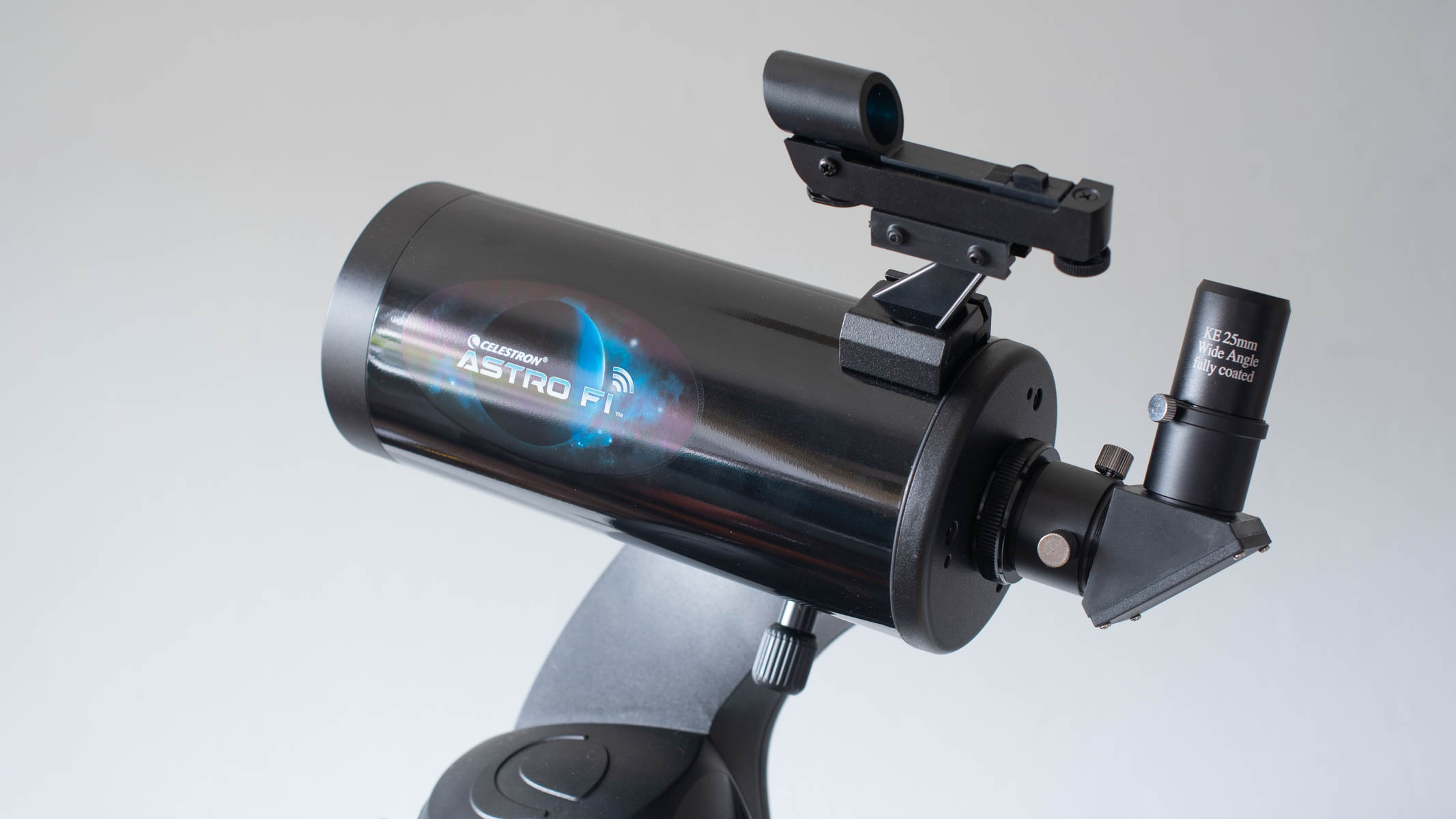
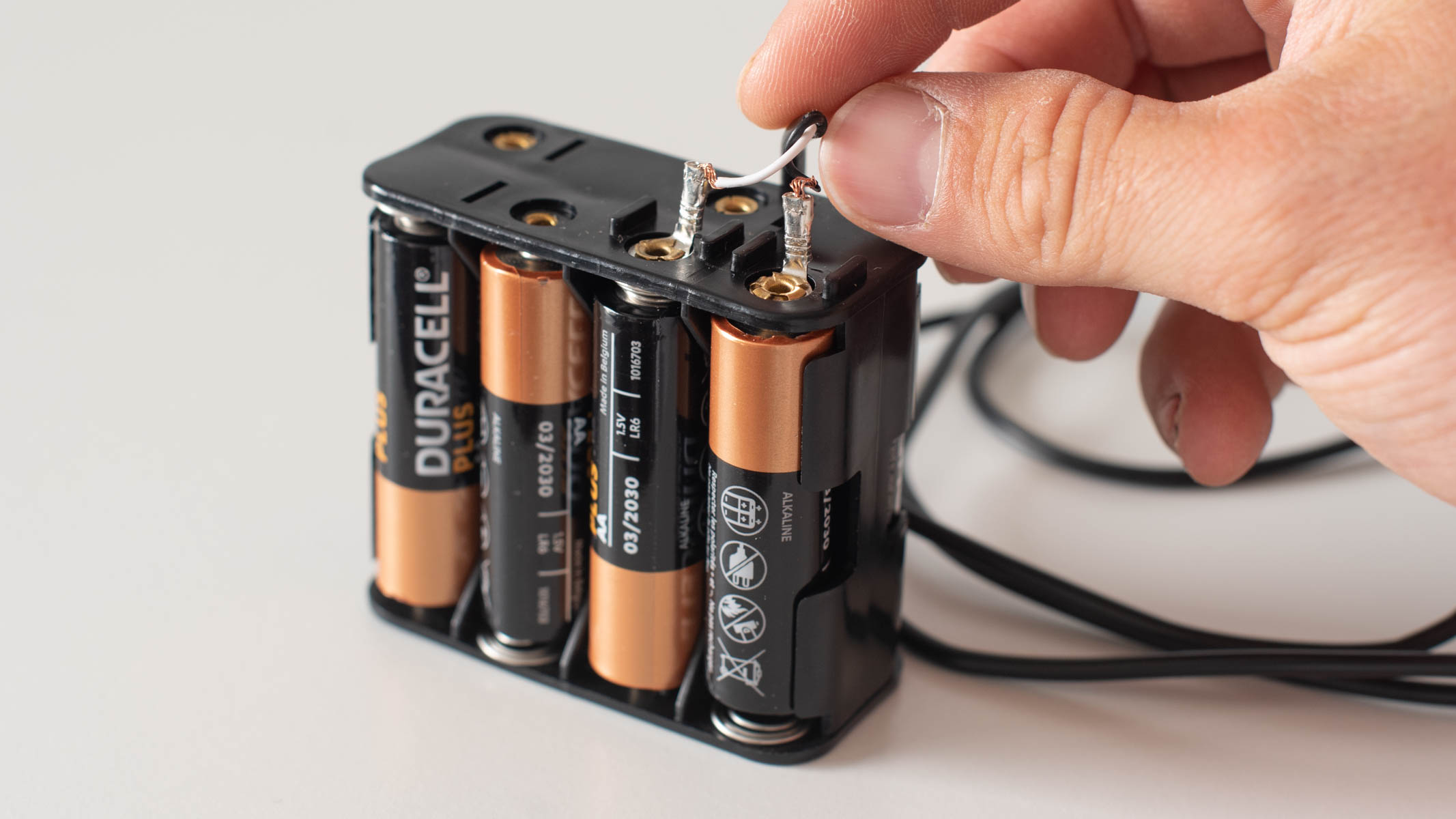
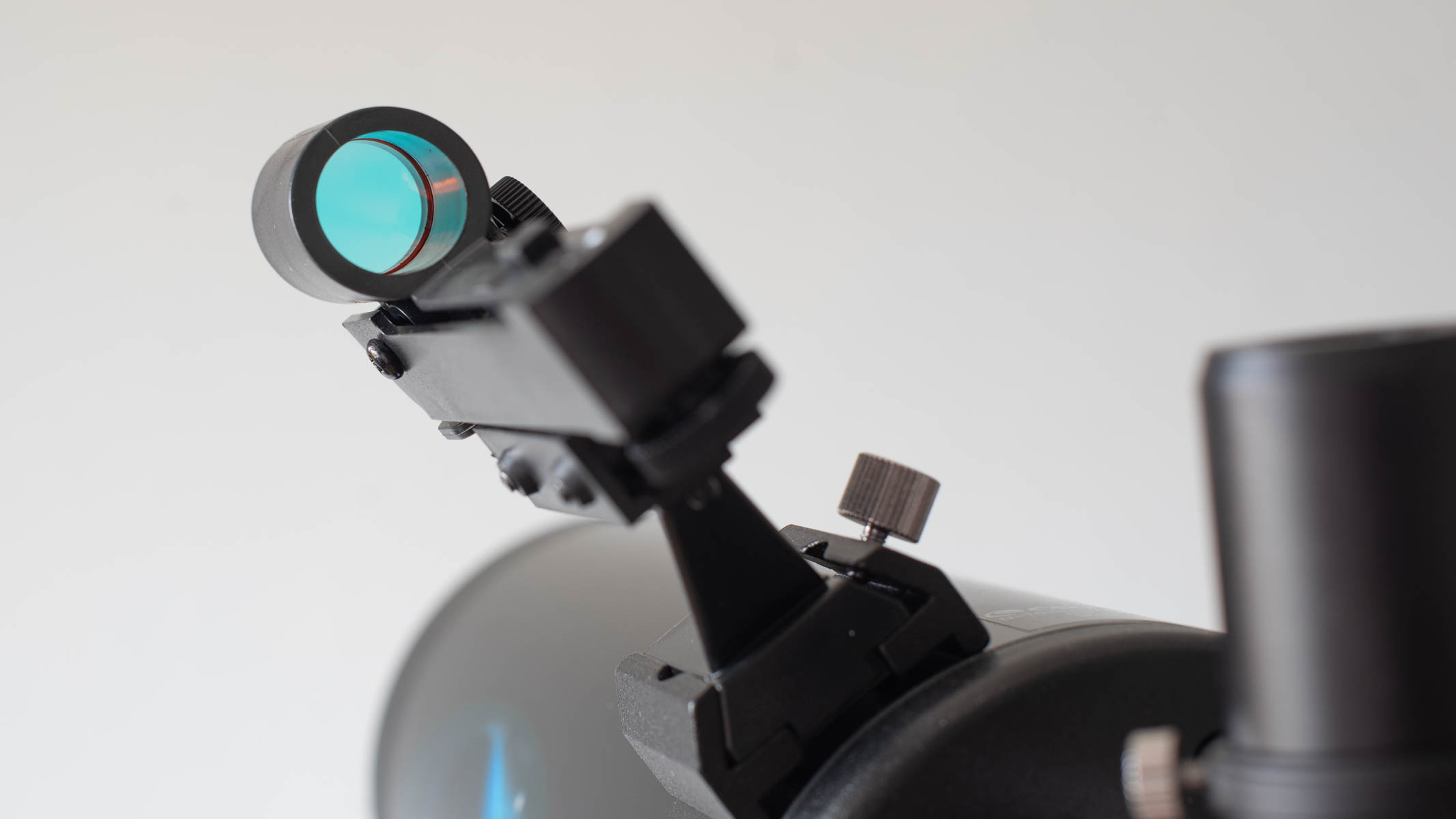

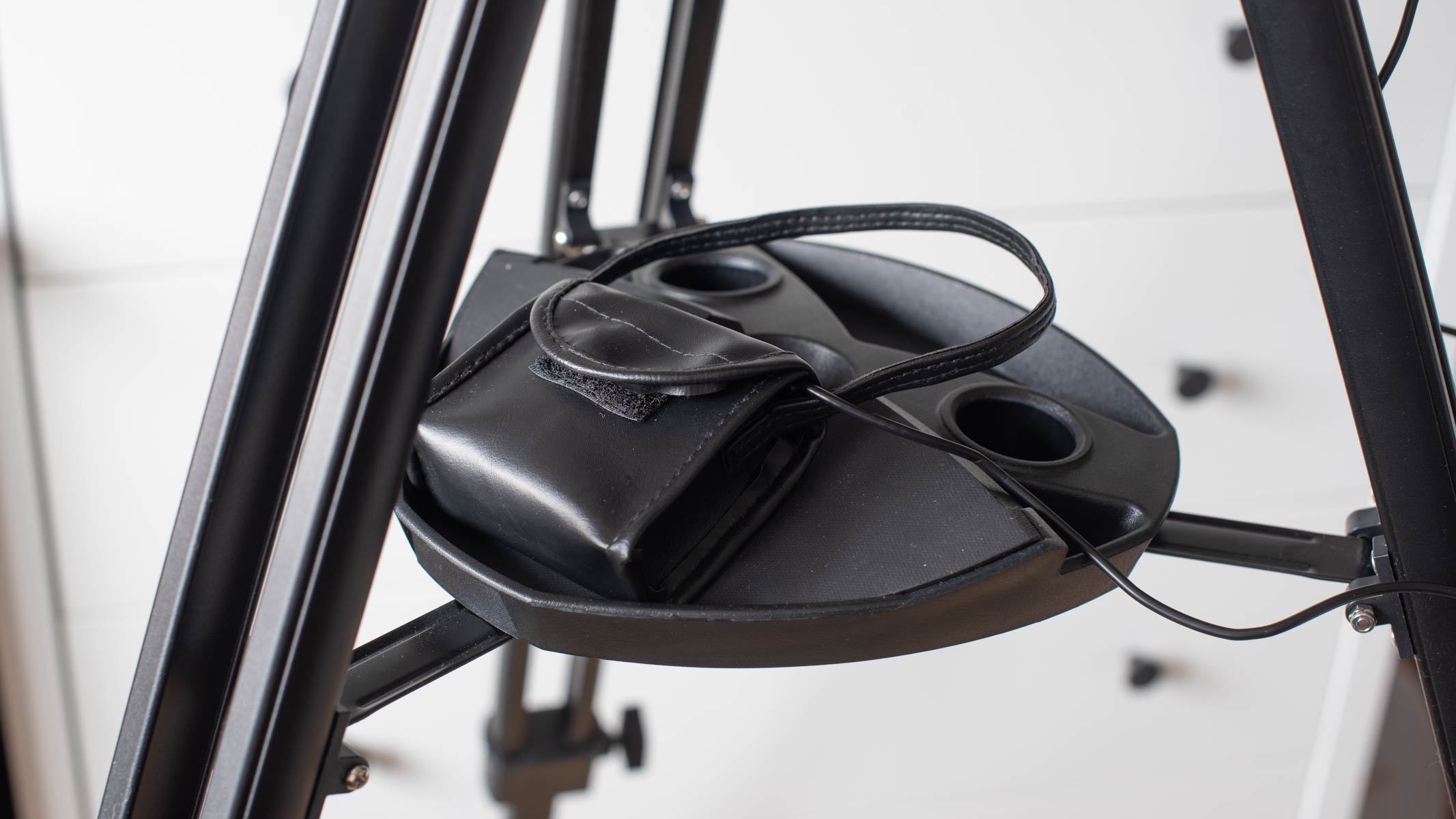
Specifications
Reasons to buy
Reasons to avoid
✅ You're a beginner: We think this is a great option for beginners because it doesn't require any prior knowledge.
✅ You want something portable: This telescope is lightweight and convenient for taking out in the field with you.
❌ You're looking for great optics: There is some image fall-off around the edge of the field of view.
❌ You like the feel of a premium product: This telescope is mostly built from plastic, and we found the tripod a bit flimsy.
🔎 Celestron AstroFi 102: This telescope would suit beginners who want to use an app and plan on taking their telescope out and about. ★★★½
Newcomers will love the Celestron Astro Fi 102 telescope, especially those who are technologically-savvy.
The motorized mount and SkyPortal app support mean this may not be the right fit for purists, but its modern functionality and additional features will please those who love getting to grips with new gadgets. You can even connect a gaming controller to position the scope through Bluetooth.
In our Celestron Astro Fi 102 review, we praised just how well the SkyPortal app worked. Available on both iOS and Android, it features a database of around 100,000 celestial objects, any of which you can select and ask the telescope to automatically slew towards. During our testing, we also loved the fact it moves quietly and quickly.
While the telescope may not have the premium feel of some high-end models, its lightweight and portable design makes it ideal for carrying to various stargazing locations. However, it's still important to ensure adequate protection during transport to prevent any potential damage to the telescope.
With suitable eyepieces and conditions, this telescope offers clear, close-up views of the moon, Saturn's rings, Mars, Jupiter, Uranus, and Neptune.
- Read our full Celestron Astro Fi 102 review
Attributes | Notes | Rating |
|---|---|---|
Design | Lightweight, but tripod could be sturdier. | ★★★ |
Performance | Nice automatic motorized mount. | ★★★★ |
Funcionality | Works well with SkyPortal app. | ★★★★ |
Best budget option
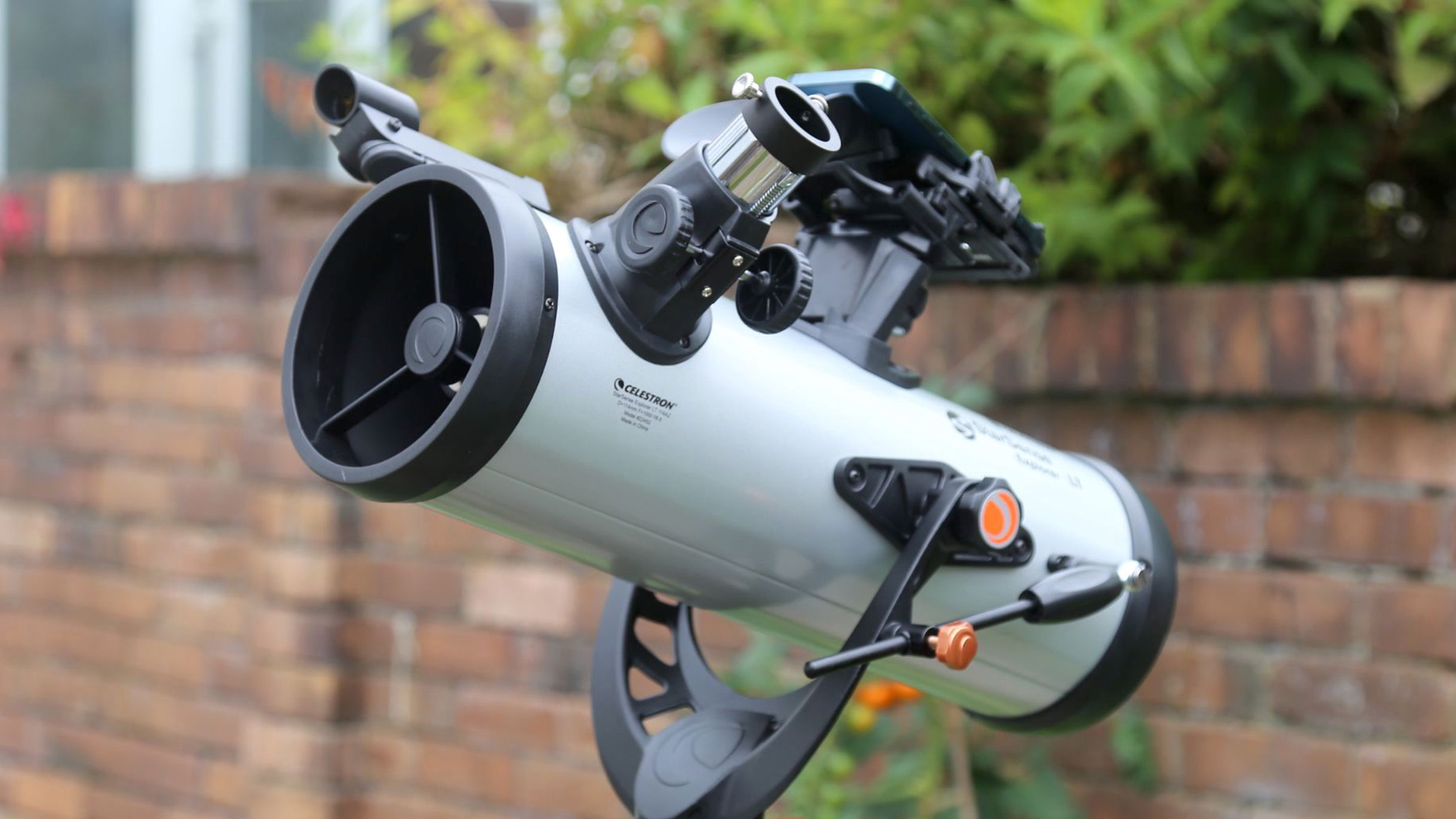
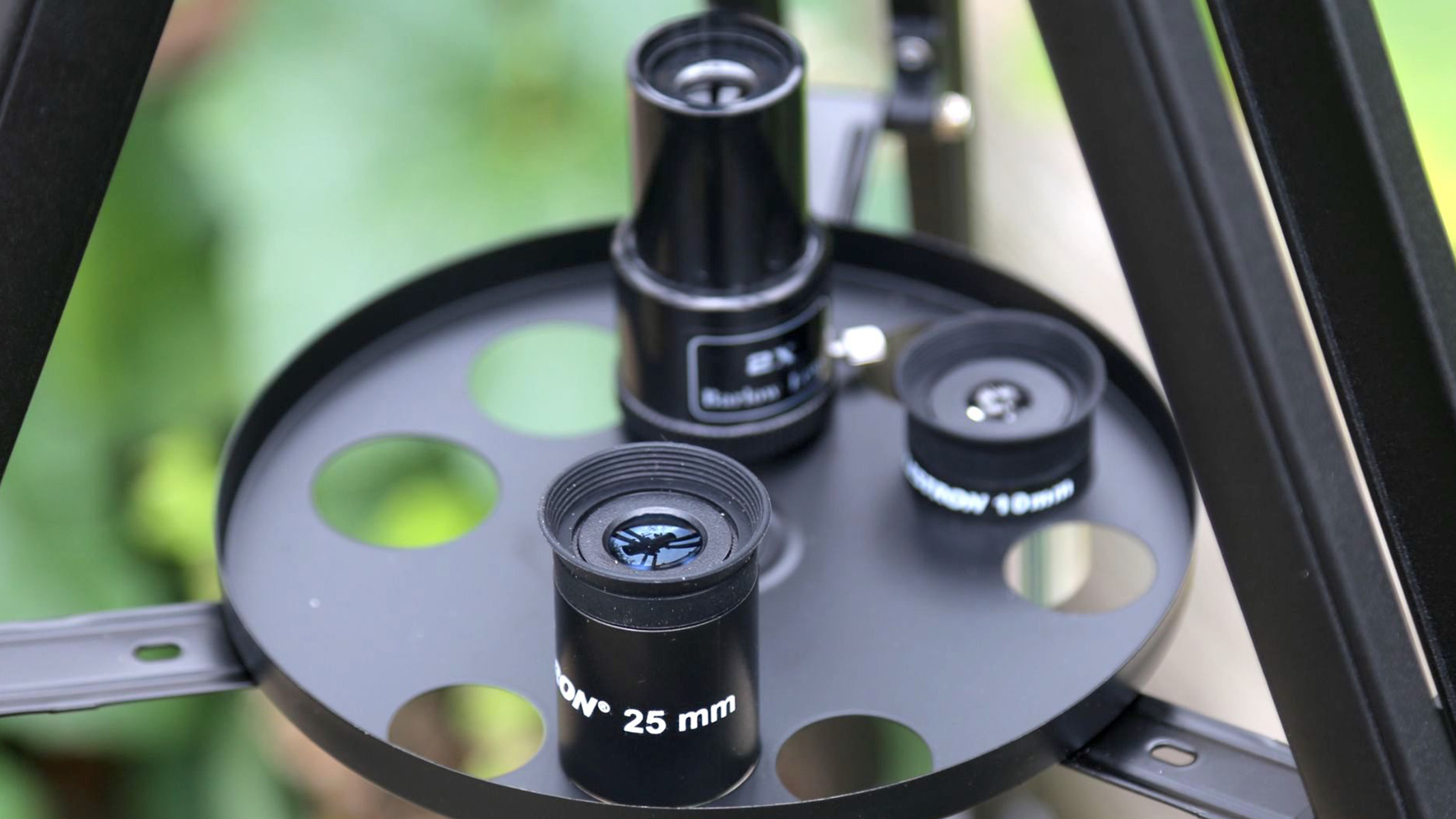
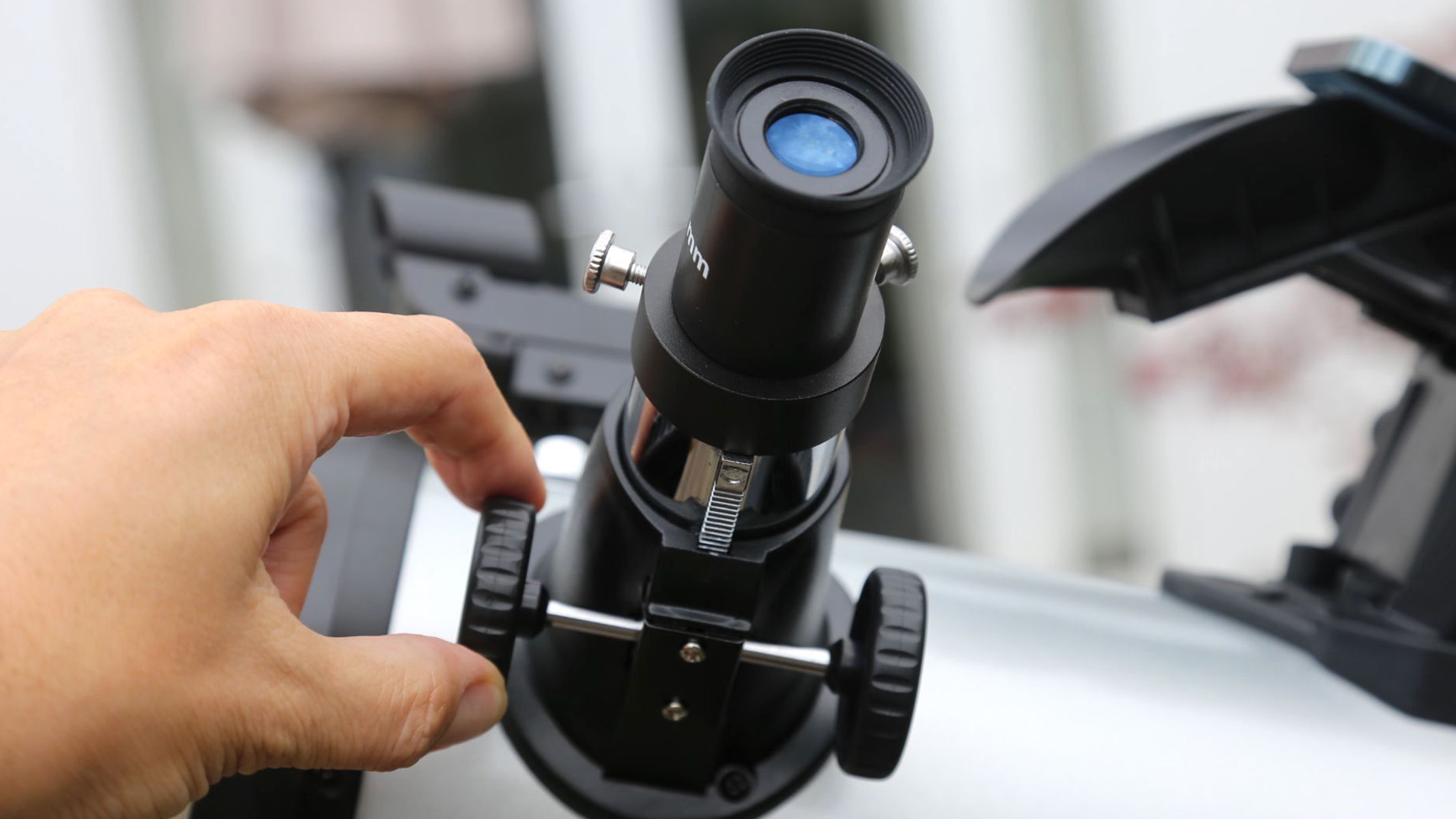
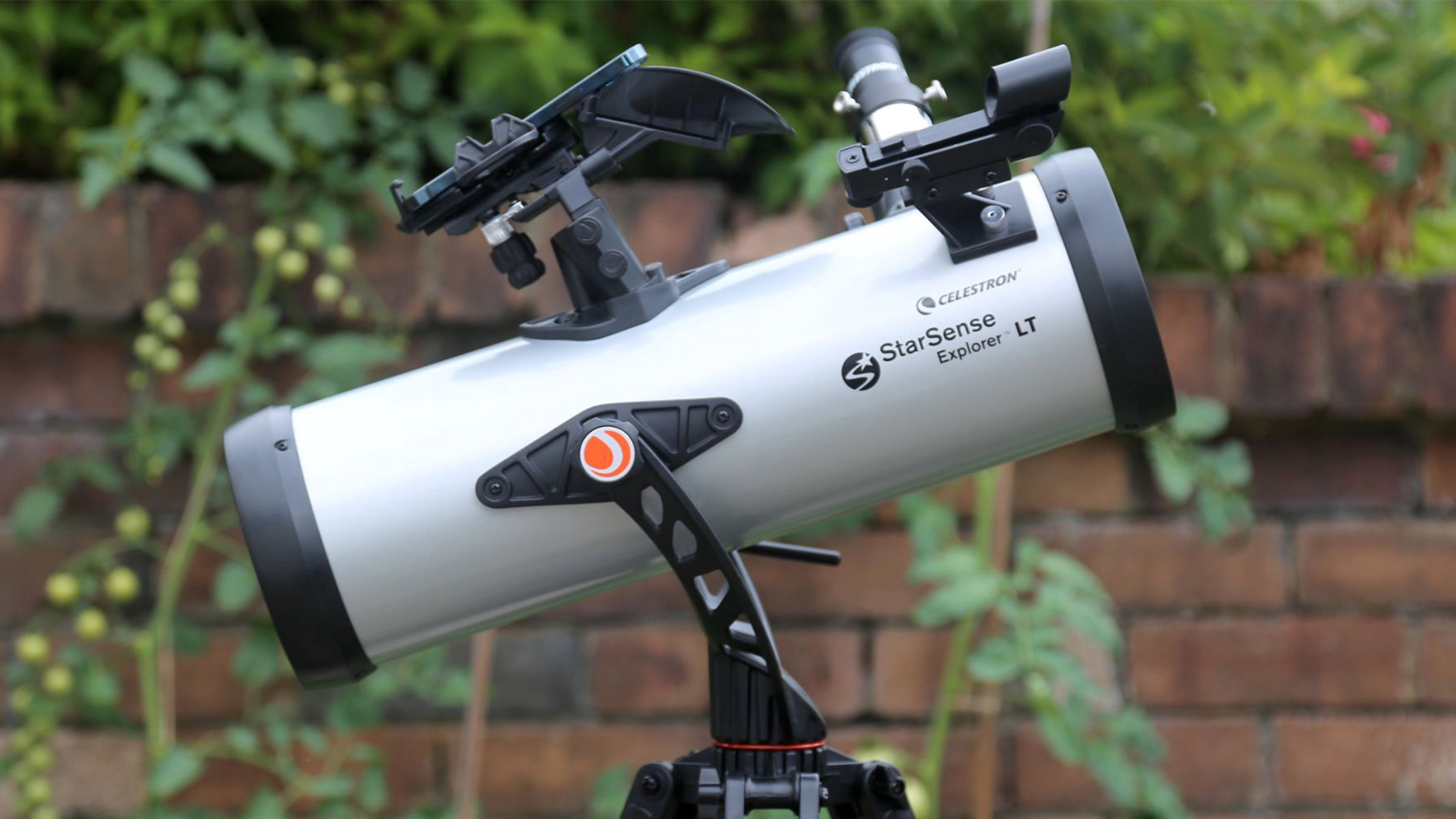


Specifications
Reasons to buy
Reasons to avoid
✅ You're a beginner on a budget: This telescope offers an affordable way to start viewing planets.
✅ You like using an app: The StarSense app makes it easy to operate this telescope, which even comes with a built-in smartphone holder.
❌ You want precise optical clarity: This telescope does suffer from some chromatic aberration on bright objects.
❌ You want to view deep-sky objects: While it's good for viewing the planets, this telescope can't offer a proper view of deep-sky objects.
🔎 Celestron StarSense Explorer LT 114AZ: This is a good entry-level telescope for seeing the planets, but the optics won't allow you to see further objects like galaxies. ★★★
During our Celestron StarSense Explorer LT 114AZ review, we established that this telescope is perfect for viewing the moon and planets, as it's designed to give a high magnification of bright objects.
This telescope comes with a Barlow lens, which means you can use it to get beautiful views of celestial objects such as Saturn, Jupiter or the moon. However, it doesn't capture enough light to enable you to see objects deep in space.
We loved the StarSense Explorer LT 114AZ for its compatibility with the Celestron StarSense app — it's a fantastic piece of software that makes aligning your telescope super quick and simple. It's also great for beginners given that it requires no prior astronomy knowledge, and lets you set up for great planetary views without fiddling around and worrying about getting things wrong.
This telescope has a 'push to' scope rather than a GoTo scope, which means it doesn't automatically move to find your chosen target. Instead, you'll need to use arrows on your phone screen that guide you to the right position. It's a little fiddly, particularly as there are no slow-motion controls, but it's still very helpful for newcomers over complete manual tracking.
Given this telescope's relatively affordable price, there are downsides to it. For a start, you will be compromising on image quality. There may be some chromatic aberration (also known as color fringing) around the edges when you are observing bright objects, and colors may not be as accurate as some of the more premium models.
- Read our full Celestron StarSense Explorer LT 114AZ review
Attributes | Notes | Rating |
|---|---|---|
Design | Useful phone dock. | ★★★ |
Performance | Optics limited to planets. | ★★★ |
Functionality | StarSense app alignment works well. | ★★★ |
Best telescopes for seeing planets 2025: Frequently Asked Questions
Which telescope is best for viewing planets: Refractors or reflectors?
The answer will depend on personal preference; we recommend trying both types and seeing which one you like best.
If you're on a budget, you may want to consider opting for a smaller refractor telescope over a larger reflector model with a similar price tag. The secondary mirrors and struts in Newtonian reflectors risk distorting the incoming light and reducing image contrast.
Larger refractor telescopes are usually considered the gold standard for skywatching, but they're generally big, heavy, and very expensive. A compound telescope like a Maksutov-Cassegrain or Schmidt-Cassegrain can be a good compromise. They provide great image quality but tend to be more compact and affordable than refractor telescopes.
What telescope eyepiece do I need to view planets?
When you're looking for a telescope specifically to look at planets, there are other optical accessories you'll want to consider buying too.
For example, eyepieces with greater magnification will be beneficial to get clearer views of planets, which are distant objects in the night sky. So if you're looking to observe planets, choose an eyepiece with medium to high magnification.
Barlow lenses can also help you in that department, as they can attain magnifications between 120-250x depending on the limit of your telescope.
What telescope do I need to see Saturn's rings?
The answer to this depends on which telescope and eyepiece combination you opt for. Both of these have a focal length, but eyepieces also have an apparent field of view, which, used alongside focal lengths, can help you determine your telescope's true field of view.
The basic formula to calculate which telescope or eyepiece you need to see Saturn's rings is as follows:
Telescope focal length / eyepiece focal length = Magnification
Apparent field of view / Magnification = True field of view
You can then compare the true field of view of the combination against the size of any object you wish to observe, such as Saturn's rings or Jupiter's red spot to see how well you'll be able to view it.
It's important to remember that surface brightness and atmospheric conditions, as well as weather, will ultimately decide how well you can view any night sky object, including planets.
Update log
Recent updates
Editor's Note 04/10/25: Updated introduction to include April 12 full moon, Mercury at its greatest western elongation on April 21 and planetary alignment with the crescent moon on April 25.
How we test the best telescopes for seeing planets
To guarantee you are getting honest reviews and informed recommendations of the best telescopes for seeing planets, each telescope is thoroughly tested and used for observation to see how it performs in all aspects.
The design of the OTA is an important aspect we consider when testing the best telescopes for seeing planets, as we would expect different types (refractor, reflector, and catadioptric) to perform differently when observing our celestial neighbors. When testing for planetary observation we need to test how much light the telescopes can gather. This ultimately influences the clarity of the planets under observation. Telescopes with wider apertures and mirrors should be great for planetary imaging, our reviewers look at the build and quality of optics and test whether they are.
Telescope accessories, like eyepieces and mounts, are assessed in terms of their functionality and quality. Alt-azimuth and equatorial mounts are tested in terms of smooth movement, especially if they are motorized. The mounts are tested to see whether they are easy to find and track the planets throughout the night. With eyepieces, we are looking to see whether the telescopes are coming with shorter eyepieces for stronger magnification for viewing planetary details. We test the alignment technologies that the telescope comes with so we can give an accurate review of how easy it is to use for finding the planets in our solar system.
Telescopes are complicated optical instruments so we consider the level of astronomical knowledge a user would need to operate the telescope. We look at how easy it is to find the brighter planets (Mars, Jupiter, Venus) as well as the planets that are further out (Uranus, Neptune). Our recommendations also include whether we think the telescope is portable and suitable for traveling to dark-sky sites for a higher chance of seeing those harder-to-spot planets.
The most important part of testing a telescope is seeing how powerful its observational abilities are, including testing and highlighting a telescope’s highest useful magnification and how seeing conditions affect resolution. We give examples of what we were trying to observe and say how good the image was, with honesty. With a range of telescopes, our reviewers have observed the moon and its craters, Jupiter, Saturn’s rings, Uranus and Neptune.
To give you a review you can trust, we test the claims of the telescope manufacturers against their real-life use of looking at planets. Our staff and freelance reviewers are seasoned stargazers with many years of experience using telescopes. We also work with astronomy experts to ensure that we are giving you the most accurate and important information on telescope use.
Aperture: Diameter of the primary mirror or lens, which allows a telescope to collect light.
Field of view: Area of sky visible through the eyepiece.
Focal length: A telescope's tube length. Short focal lengths offer a wide field of view and a small image.
Focal ratio: Also known as the telescope's speed. Small focal ratios provide lower magnifications, a wide field of view and a brighter image.
Magnification: Relationship between the telescope's optical system and the eyepiece.
Unlike the deep sky, which remains almost unchanged throughout our lives, the planets constantly bring us new and sometimes surprising reasons to look again. They're easy to find and inspiring to take in — real worlds that our descendants, or even we, may visit one day.
Any telescope can make them look impressive, but a well-tuned high-contrast instrument is what is needed to really do them justice, and you'll be thankful to have one to hand when something special occurs, like the arrival of an incredible gas giant storm, or a night of exceptionally steady seeing that invites you to max out the power.
If you plan on getting into astrophotography, it's well worth considering a telescope mount with tracking capability, altazimuth or equatorial — both are suitable for short exposures. At such long focal lengths, the Earth's rotation quickly moves things out of the field of view, and dedicated planetary imaging cameras have small sensors. Regardless of which telescope you choose, you're in for an exciting new hobby as a Solar System explorer. Enjoy the magnificent highlights of our celestial neighborhood.

Tom Kerss F.R.A.S. is a London-based astronomer, astrophotographer, author and consultant. Having previously worked at the Royal Observatory in Greenwich, he is the founder of Stargazing✦London, which delivers world-class online astronomy and space courses with subject experts. Tom is also the host of the Star Signs podcast, providing updates from the world of space news, as well as what to look out for in the night sky.
Join our Space Forums to keep talking space on the latest missions, night sky and more! And if you have a news tip, correction or comment, let us know at: community@space.com.
Get the Space.com Newsletter
Breaking space news, the latest updates on rocket launches, skywatching events and more!

Tom Kerss is an astronomer and the author of numerous best-selling books about the night sky for both adults and children, including Northern Lights, Diamonds Everywhere and the Starry Stories Series. He shares his passion for the stars with people all over the world, delivering courses, podcasts and media interviews. Having worked in Hawaii, Chile, Namibia, Iceland and Norway, Tom loves nothing more than to seek out the darkest and most beautiful skies on Earth, escaping his light-polluted home of London. He has a background in astrophysics and formerly worked at the Royal Observatory in Greenwich.
- Chris McMullenContributing Writer
- Kimberley LaneContributing writer
- Jase Parnell-BrookesManaging Editor, e-commerce
- Harry BennettE-commerce Staff Writer
- Tantse WalterContributing Writer










